
Sinai roads
I discovered this wonderful place quite by accident. Came somehow in the midst of our gray and slushy winter in a travel Agency and asked them to find me a ticket to the sea and the sun. Certain wishes I did not, just suddenly wanted blue sky, sea and warmth! And it so happened that fate brought me to Sinai! In Egypt I was only in Hurghada and Cairo, saw Memnon the colossi, the pyramids of Giza and Karnak temple. But my first trip to Sinai in 2004 was a turning point in my life. I can’t imagine yourself without this edge, he truly became my second Homeland. In this book, I gathered their impressions of his numerous trips to the Sinai. I hope that my experience and knowledge will help tourists in a new way to discover Egypt.
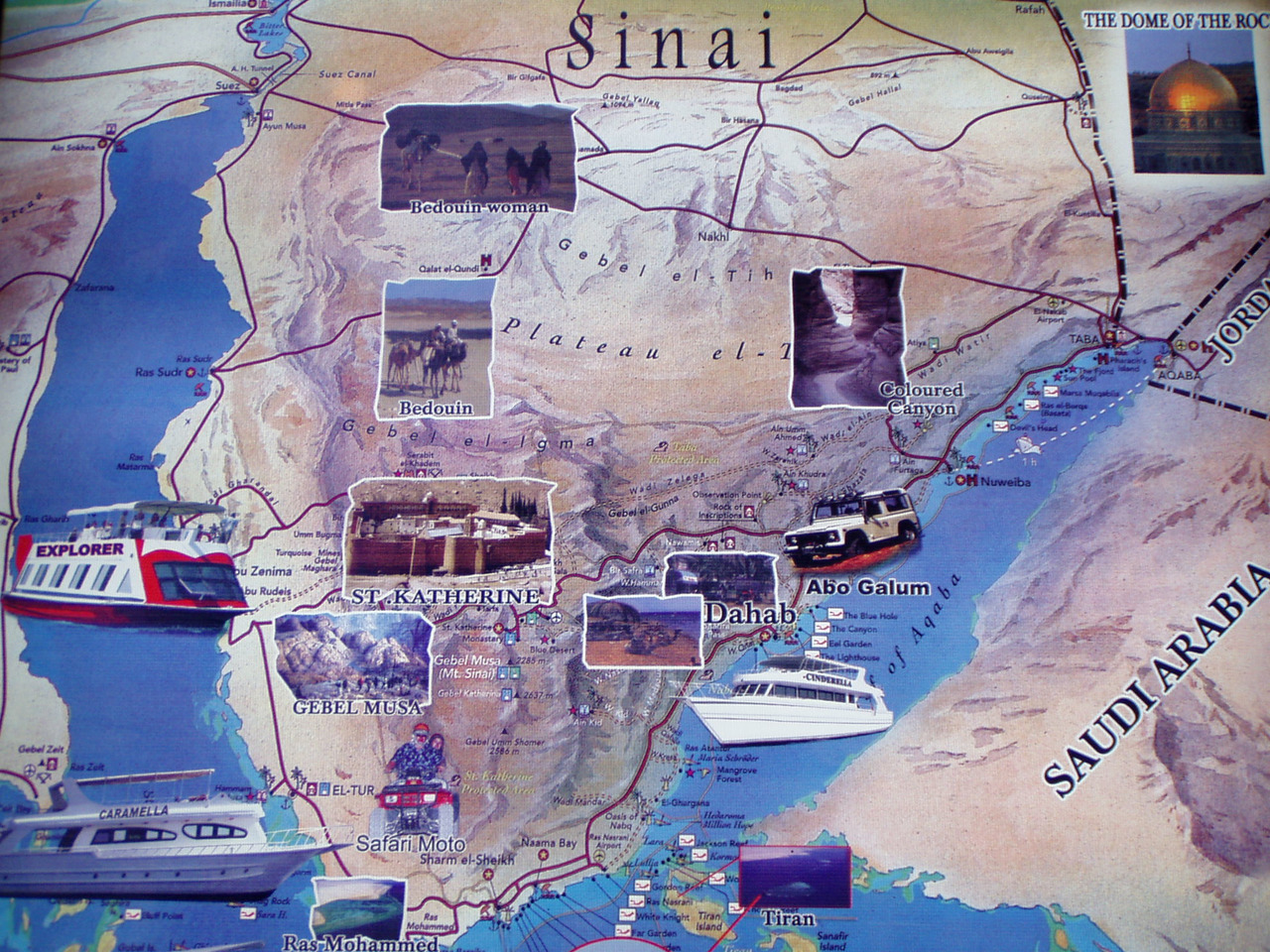
Sharm El Sheikh
My acquaintance with the Sinai began with the Sharm. By a twist of fate in the winter I went to rest in Egypt and saw the Sinai. I continue to go here for twelve years, for a long time already know all the sights and sharing the experience with those who are going there for the first time.
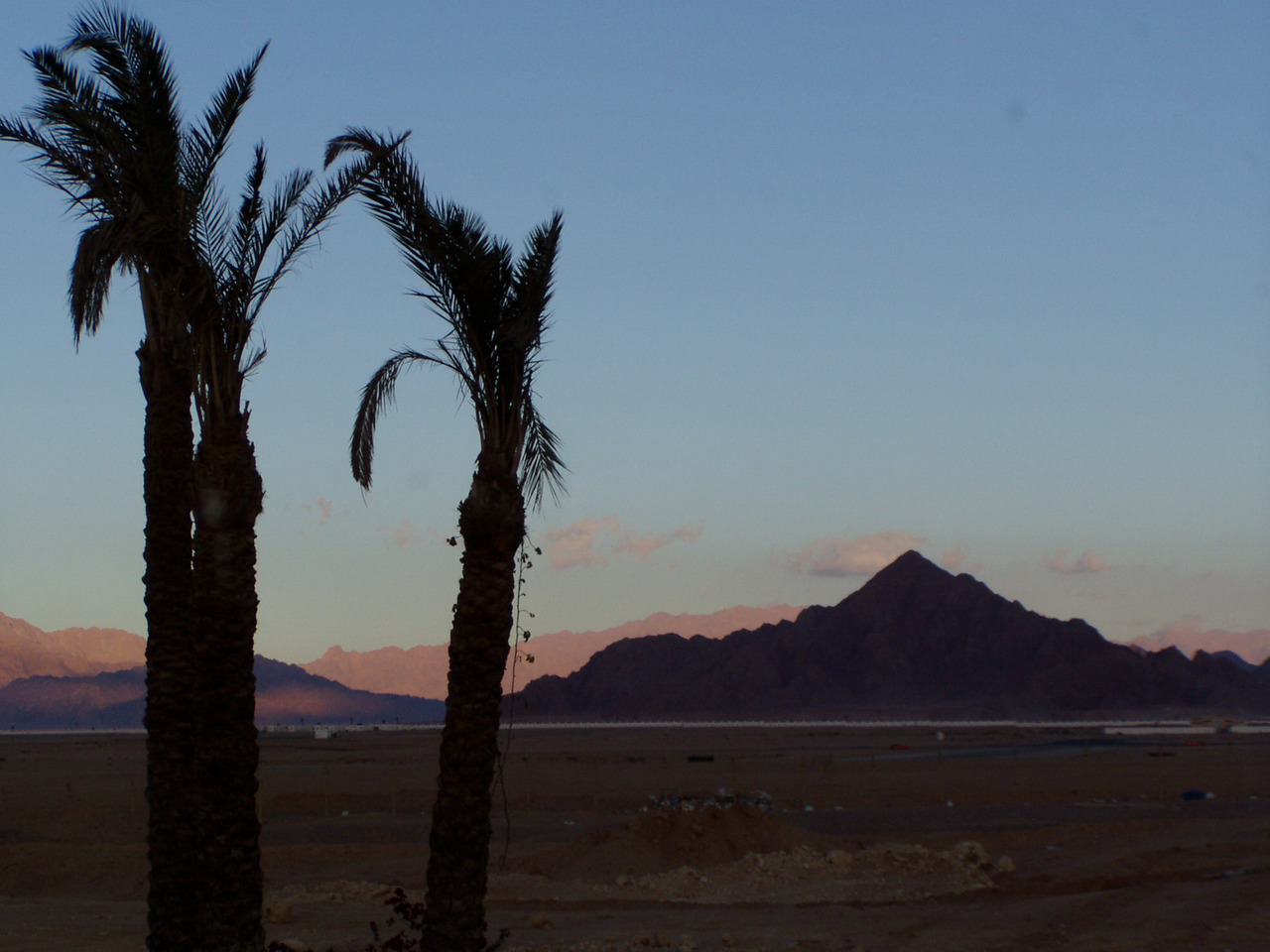
Inside Sharm there are not many places to visit — Old Мarket, Naama Bay, “1001 nights”, the Dolphin show, perhaps, and all. The old town has a small fish restaurant, where the food is tasty and inexpensive. I recommend everyone to visit it. In Naama Bay there is a sense to go shopping and take a walk along the promenade. Tourists come to Sharm for a beach vacation, well and shopping. And all the interesting places are outside the city.
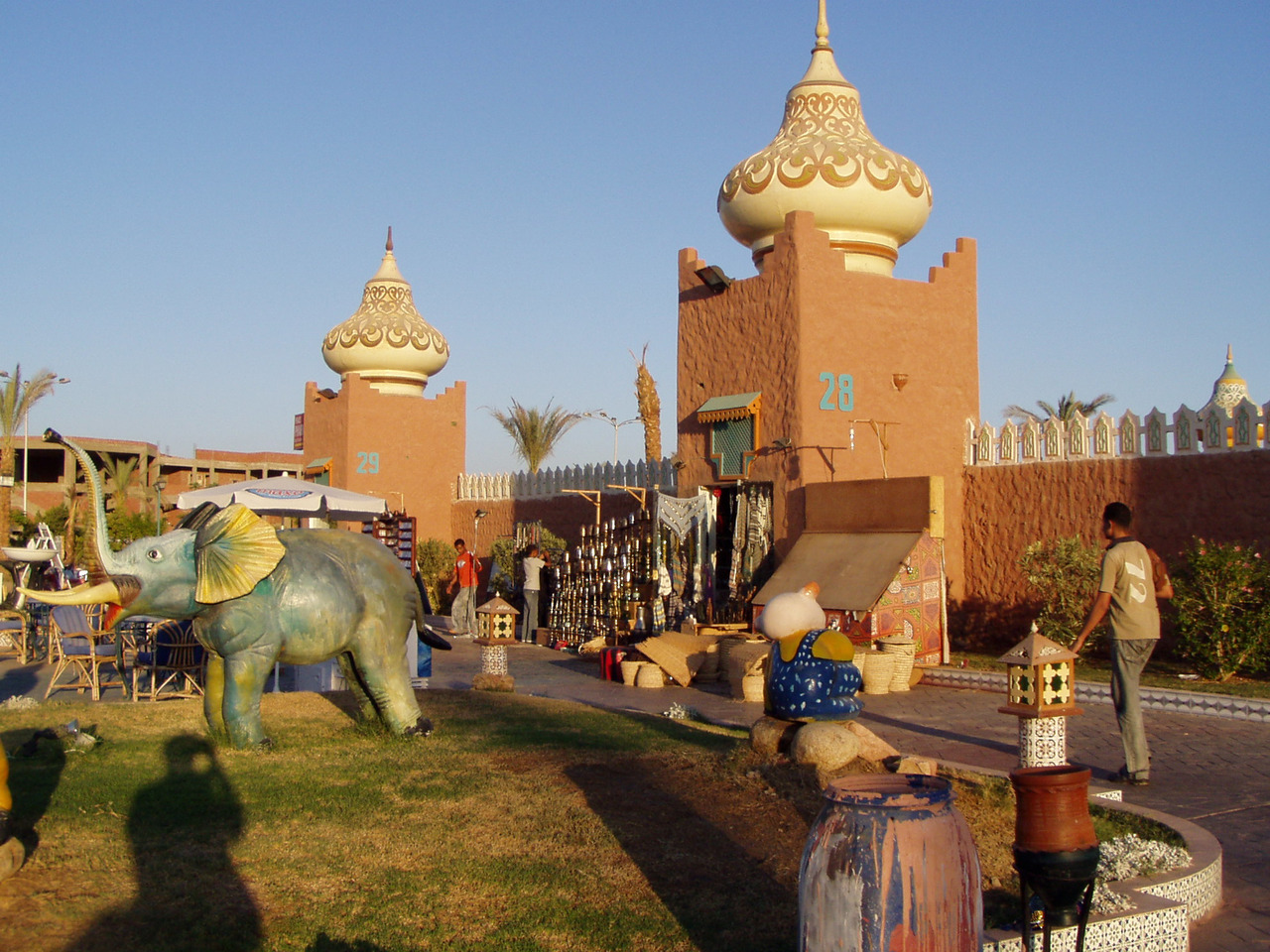
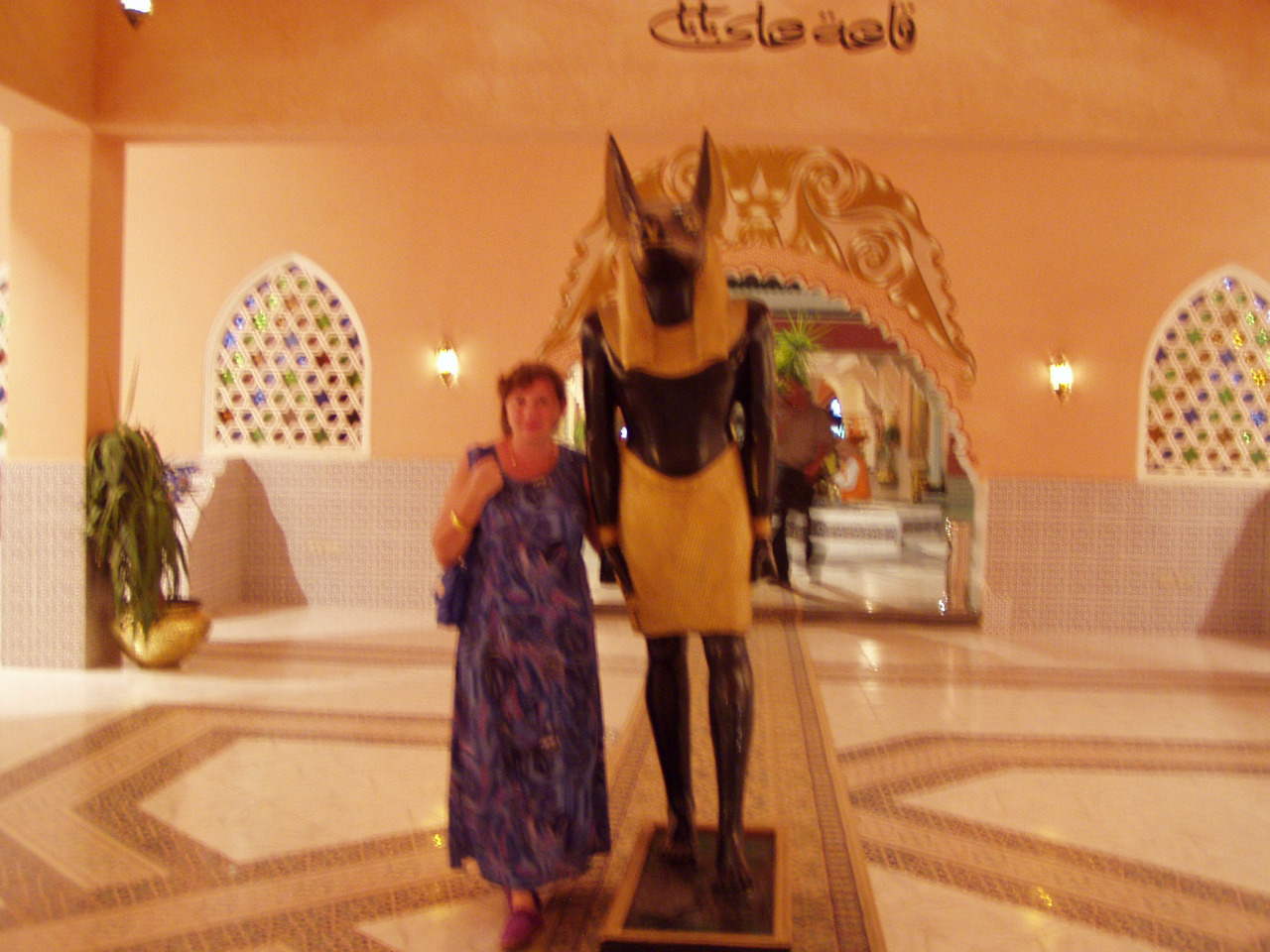
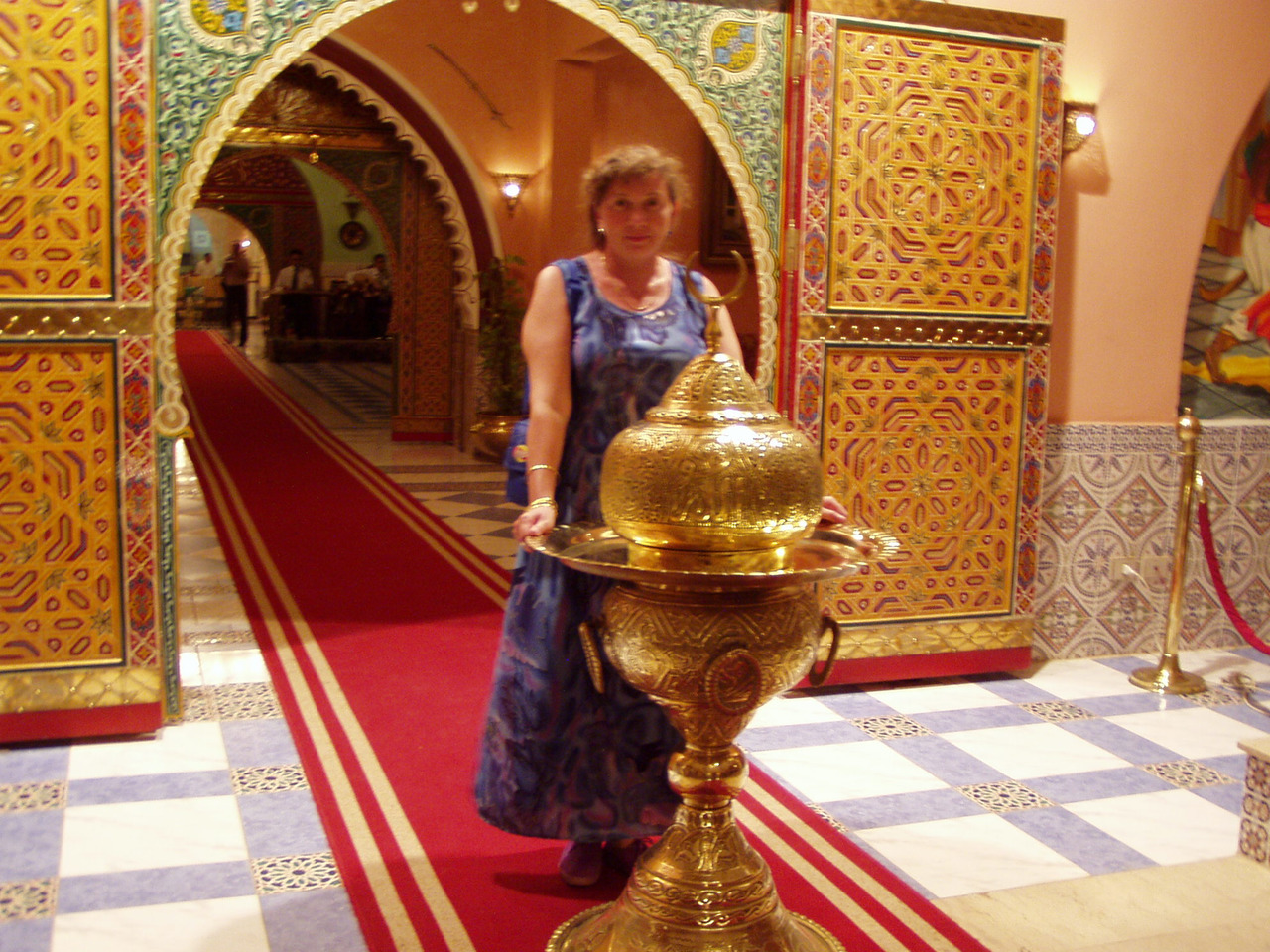
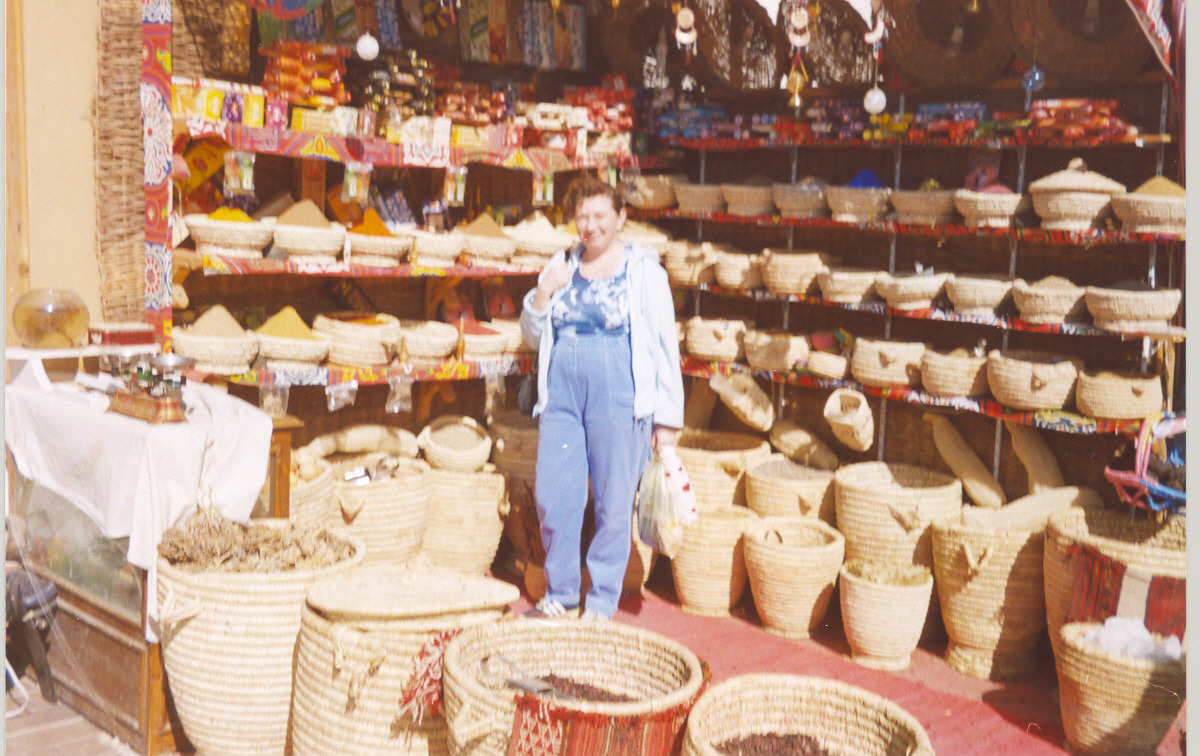
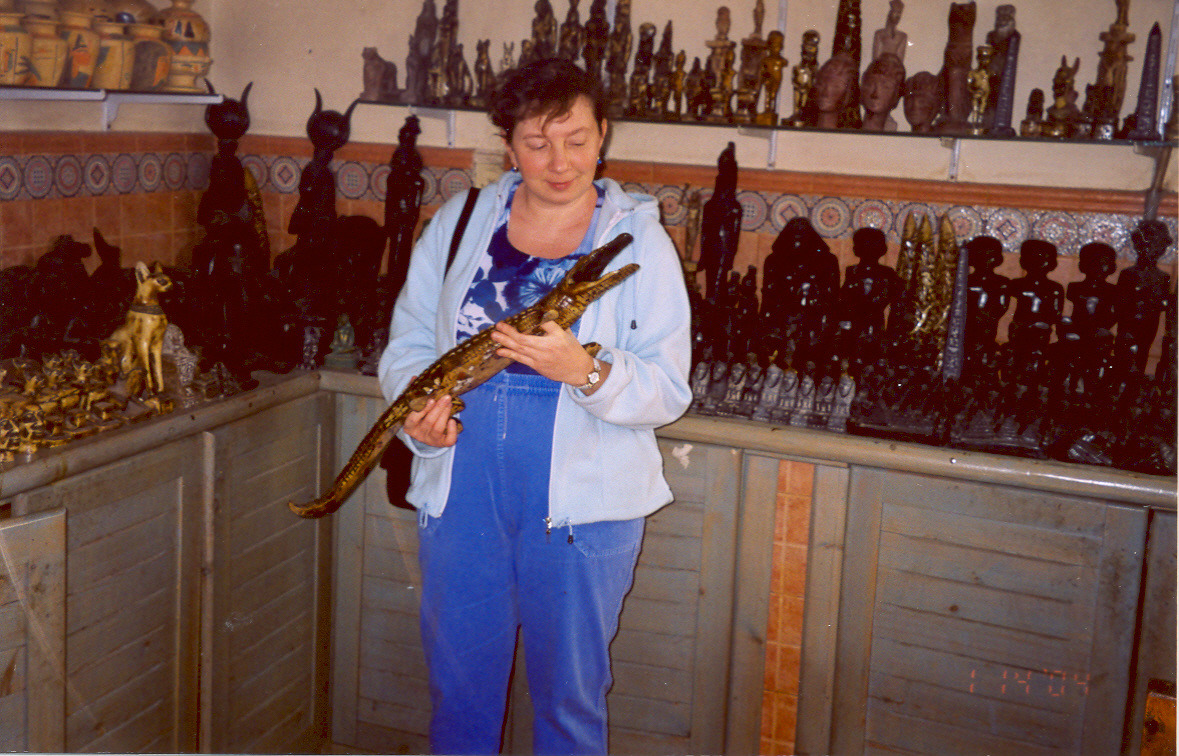
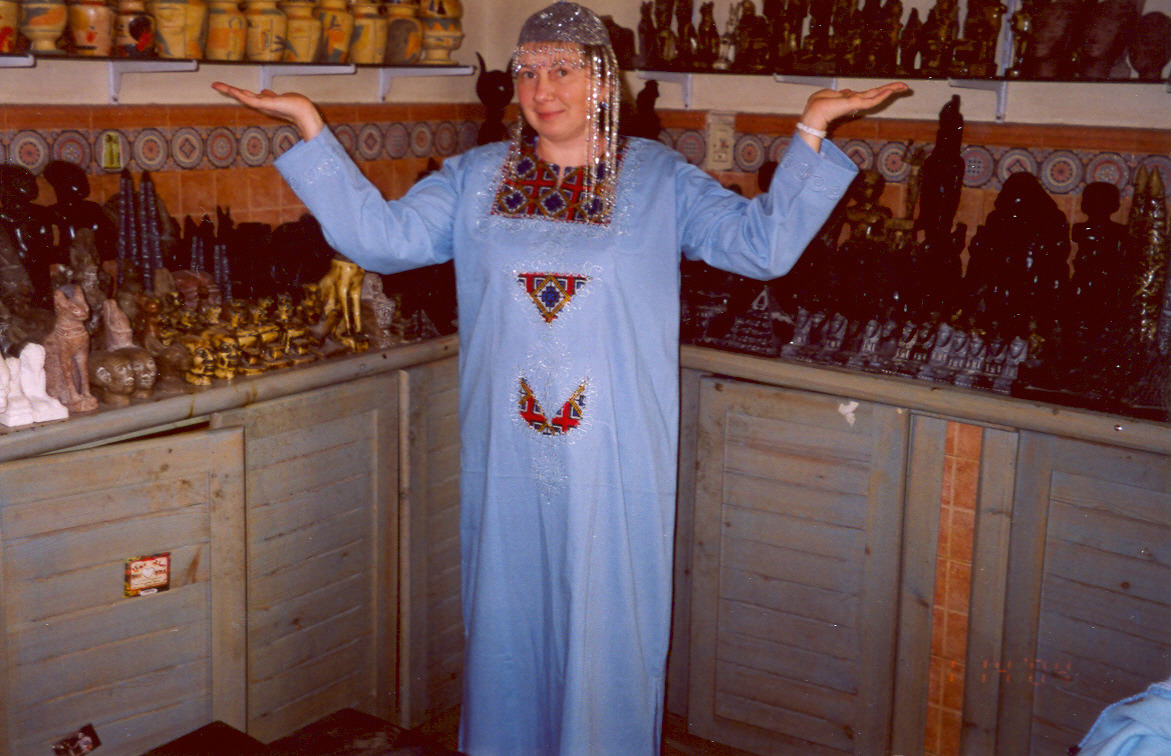
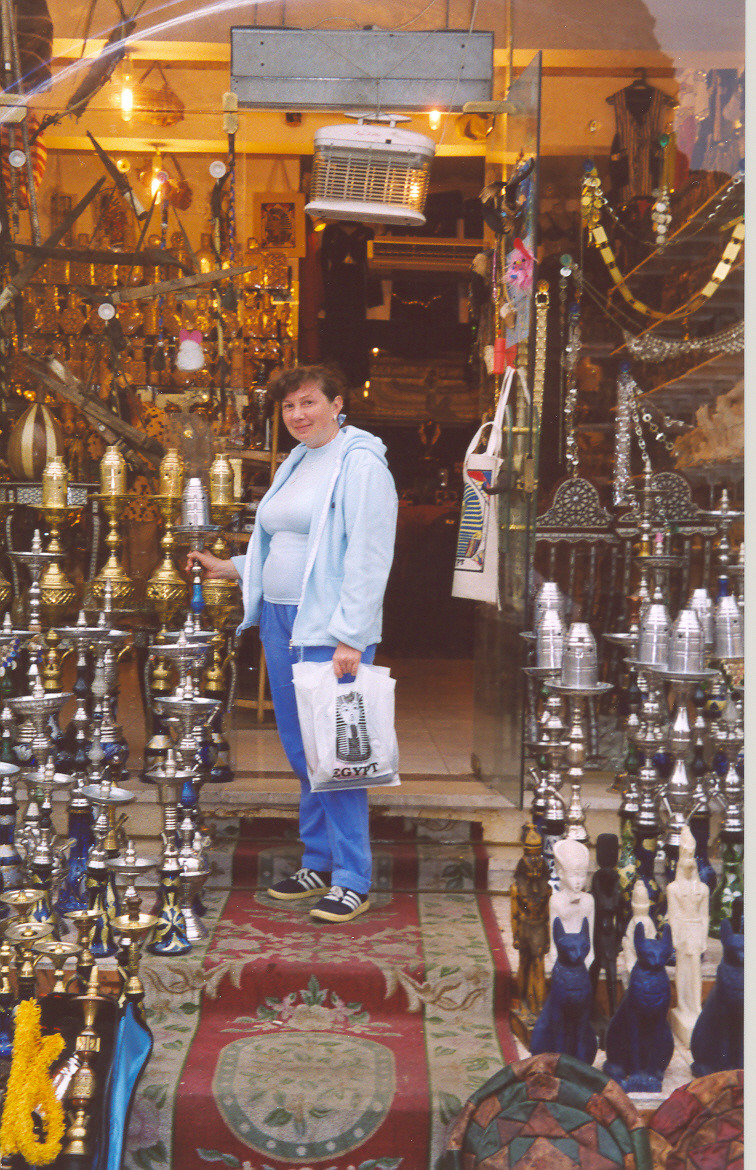
The bedouins of Sinai
The main wealth of this region is the Red sea, the sun and, of course, people. Locals (Egyptians, Bedouins and Copts) greeted visitors with a smile, because well aware that the main source of income for them — the tourists. I often had to communicate during their trips with many people, some of whom I know many years. This essay I dedicate to the Bedouin of Sinai. Bedouins and Copts constitute a minority in relation to General population of Egypt, they constitute no more than 10% of the total population, but nobody knows the exact figures. Their religion is Islam with all the ensuing consequences.
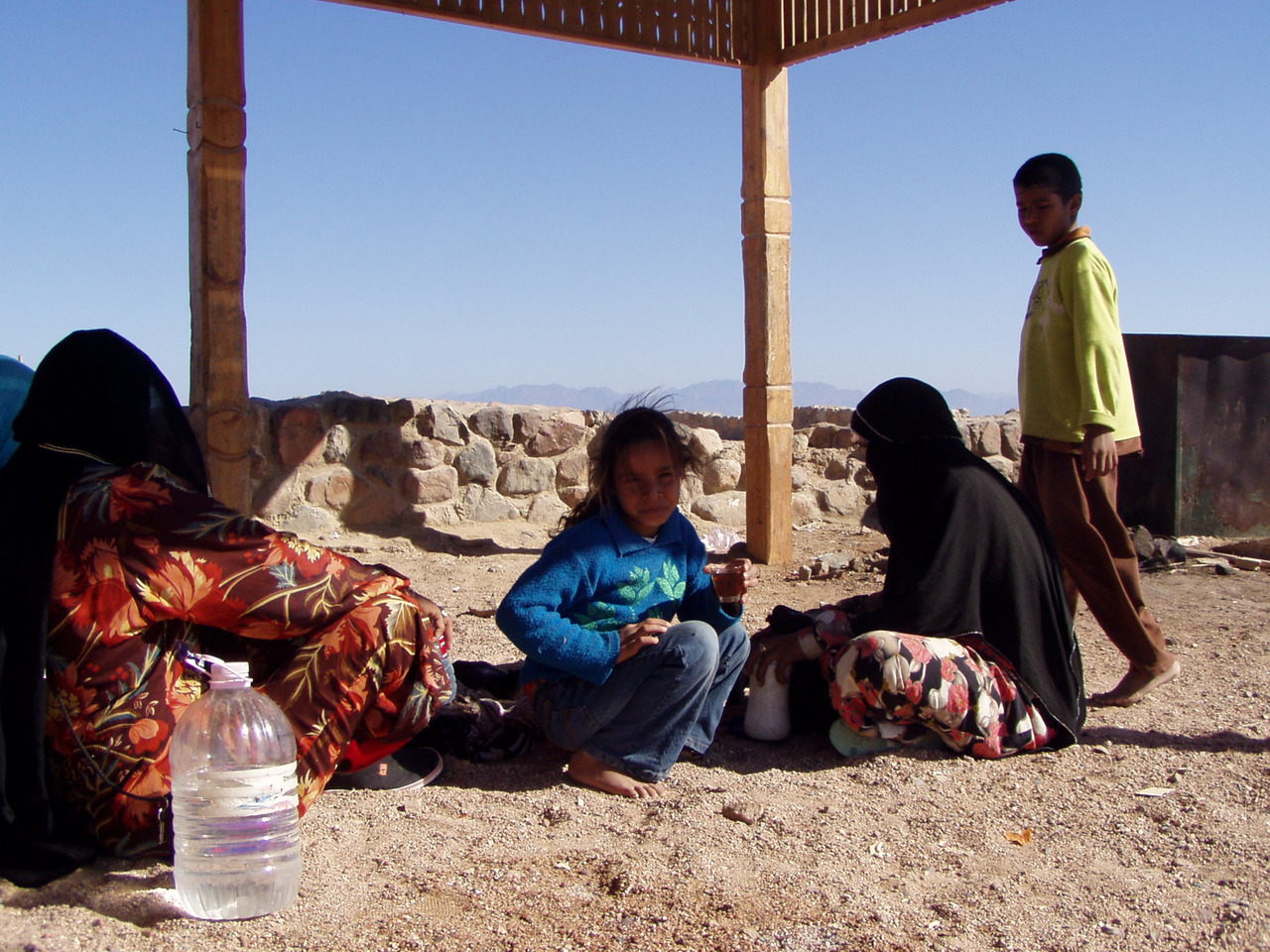
The Sinai Peninsula is home to 5 major clans (families) of the Bedouins. Almost everywhere the Bedouin will find a distant relative or acquaintance. Distinguishes these people of extraordinary hospitality, they are always ready to help, to share the latest piece of bread and be sure to buy traveler’s tea. Probably, these customs produced for thousands of years, because life in the desert very difficult and dangerous. If you don’t help today the traveler, it may simply die, and tomorrow you can be in his place. The Bedouin cherish their families, parents touching care of children, and the children honor and respect their parents. In the family usually between 6 and 10 children, the older look after the younger, but without the quarrels and fights, too, is not bypassed, as in any family. Parents, as a rule, not yelling at kids, trying to explain to them calmly, but if that’s persuasion do not work, you can give a few slaps. Again, all families are different. However, if one of the members of the family some difficulties, the whole family (and sometimes several families) comes to his aid. The birth of a child, wedding, and other celebrations are also marked with the whole family.
The main source of income for the Bedouin is the camels (in the desert), the tourist business, sometimes to flag a private car (taxi) and the sea. Many of them are engaged in fishing, diving. Almost all men-the Bedouin — born swimmers, easy dive with mask at 5—10 meters. Women beduini almost can’t swim because they have to swim in clothes and not float away. But they are skilled in making simple dishes on the fire, the manufacture of all kinds of jewelry from beads and shells, hand embroidery. Many times I observed how the Bedouins bake bread. Knead unleavened dough, rolled out flat bread and baked it on the coals (ash), or is rolled on a metal circle and also baked on the fire. This bread is delicious with tea, can long shelf life and is an important part of any meal. The tea is a special ritual, which seems also not changed for centuries. In a metal kettle is boiled the water, poured in her tea and placed the sugar, then the tea infuse. Special odor and taste of tea “marmaria” — the grass collected in the desert. This tea is very fragrant, good thirst quencher in the heat and warm in the cold winter days. By the way, winter in Sinai is very harsh, especially in the mountains. The temperature at night can drop below zero, and the day to rise above 20 degrees. Such extreme temperatures and strong winds require warm clothing, rescue blankets made of camel wool is very warm and light.
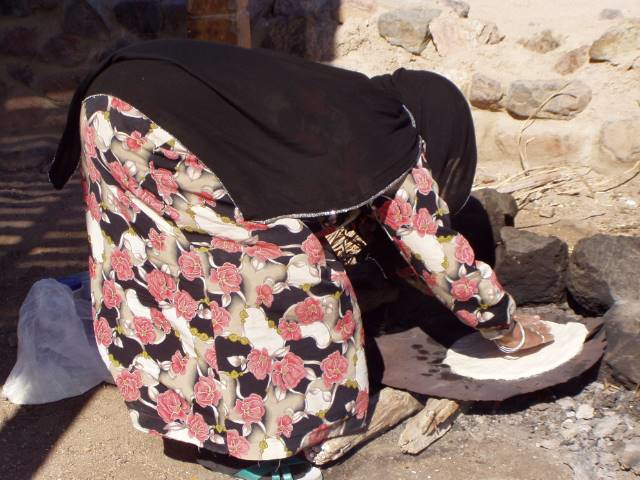
In recent decades, many customs have undergone changes. Let’s just say society has become more open. For example, now a woman can quietly enter into the room where men sit, closing only with this person. But still the house unofficially divided into “female” and “male” half. If the house guests came, men and women can sit together for some time, however, after men drink tea separately, discussing their problems, and women whispering about her on the female half. The man is still the head of the family, the main breadwinner and support. Women from the Bedouin are officially unemployed, but because families with many children, I try to earn some money how can sell beaded jewelry to tourists, offer them tea, etc. Many families trying to give their children at least primary education. Schooling is free, but a lot of kids and not always have money for clothes and books. Younger often wears their older (like us). Actually, the more I learn about the Bedouins, the more I see similarities between us (that’s the paradox!). Some boys and girls from affluent families receive a higher education in Cairo.
The wedding of the Bedouins are celebrated very solemnly. Going the family of the bride and groom, and nearly all the relatives who were able to come to the celebration. Definitely one gives gifts to the young — some of the utensils, clothes, furniture, etc. According to custom the groom should secure the future of his family, i.e. to have the house fully furnished, in which he will lead his wife. Lately to make it harder and harder, and sometimes acts shelter for a few months, then the young family go to live with the parents of the groom. The wife can leave at any time from the husband, i.e. simply file for divorce if husband is not taking good care of her. The woman returns to her parents ' house and be allowed to re-marry. The children remain with the mother or with the father (by arrangement). I know several cases when children from two marriages remained with the mother. After the divorce to get child support from the father for children is as difficult as ours.
Dahab
The city is situated in Dahab Bay, and stretches a strip along the coast. Morning Dahab is full of sun and wind, in the evening quiet as a tired child. Sitting in a cafe, watching the lights in the sea — reminds me of the waist of the dancer.
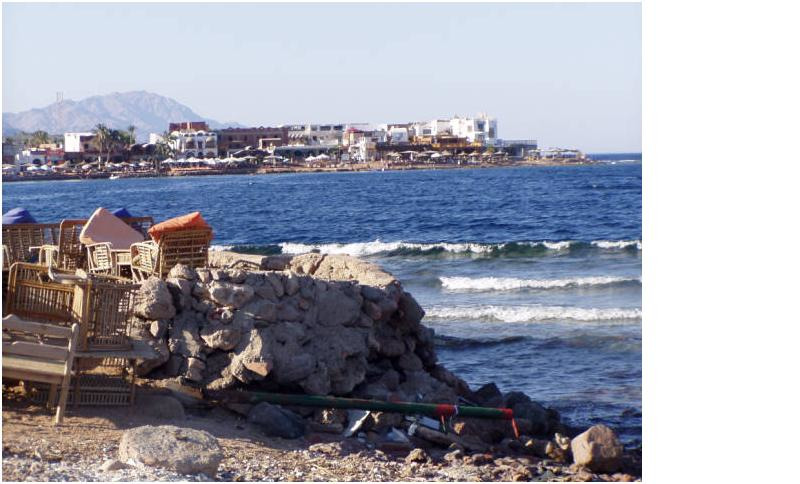
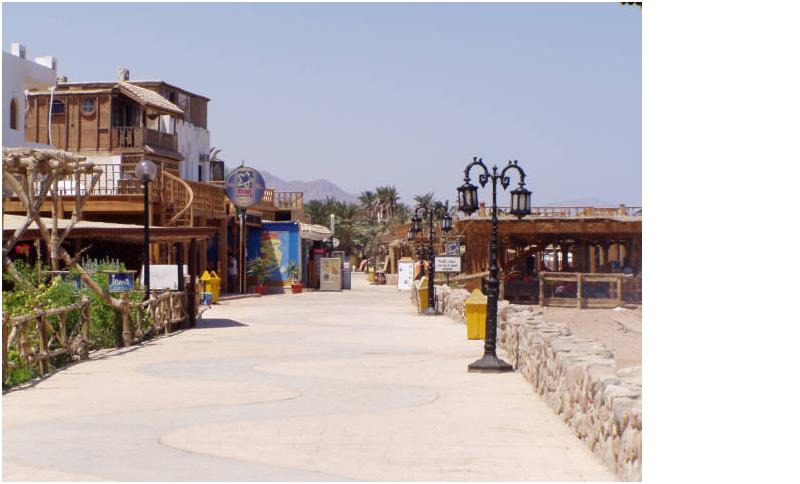
Fresh breeze from the sea is like a gentle “good morning!” (Sabah Gamil!). In good weather you can clearly see the coast of Saudi Arabia. Before him there on the doorstep is no more than a hundred kilometers.
The cafe serves Egyptian Breakfast — rice with milk, felafel, Nescafe or tea. However, you can also order pancakes and English Breakfast with eggs and bacon. At lunch, definitely order the fresh fish, stuffed peppers, and garlic cooked on the grill, rice, salad and tahina.
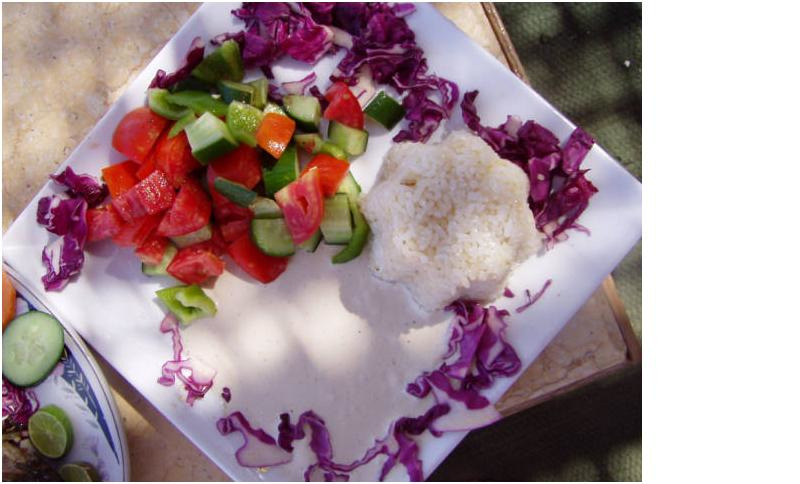
The city has many cheap hotels and campuses. You can also rent an entire home or apartment virtually on the beach.
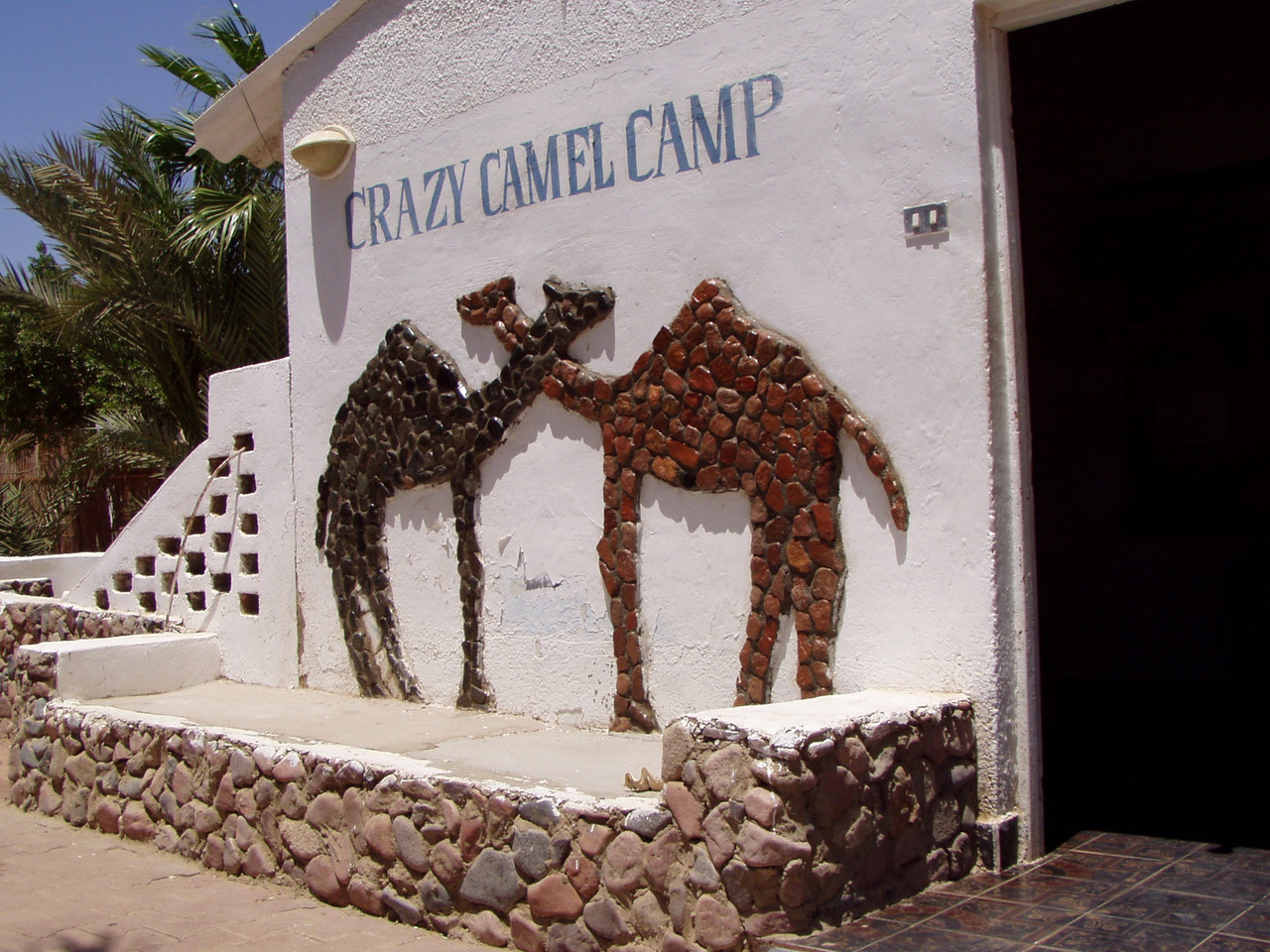
Located in Dahab should not seek in this place of white palaces and luxurious hotels. This is the perfect place to relax and getaway from civilization by the way it there are few.
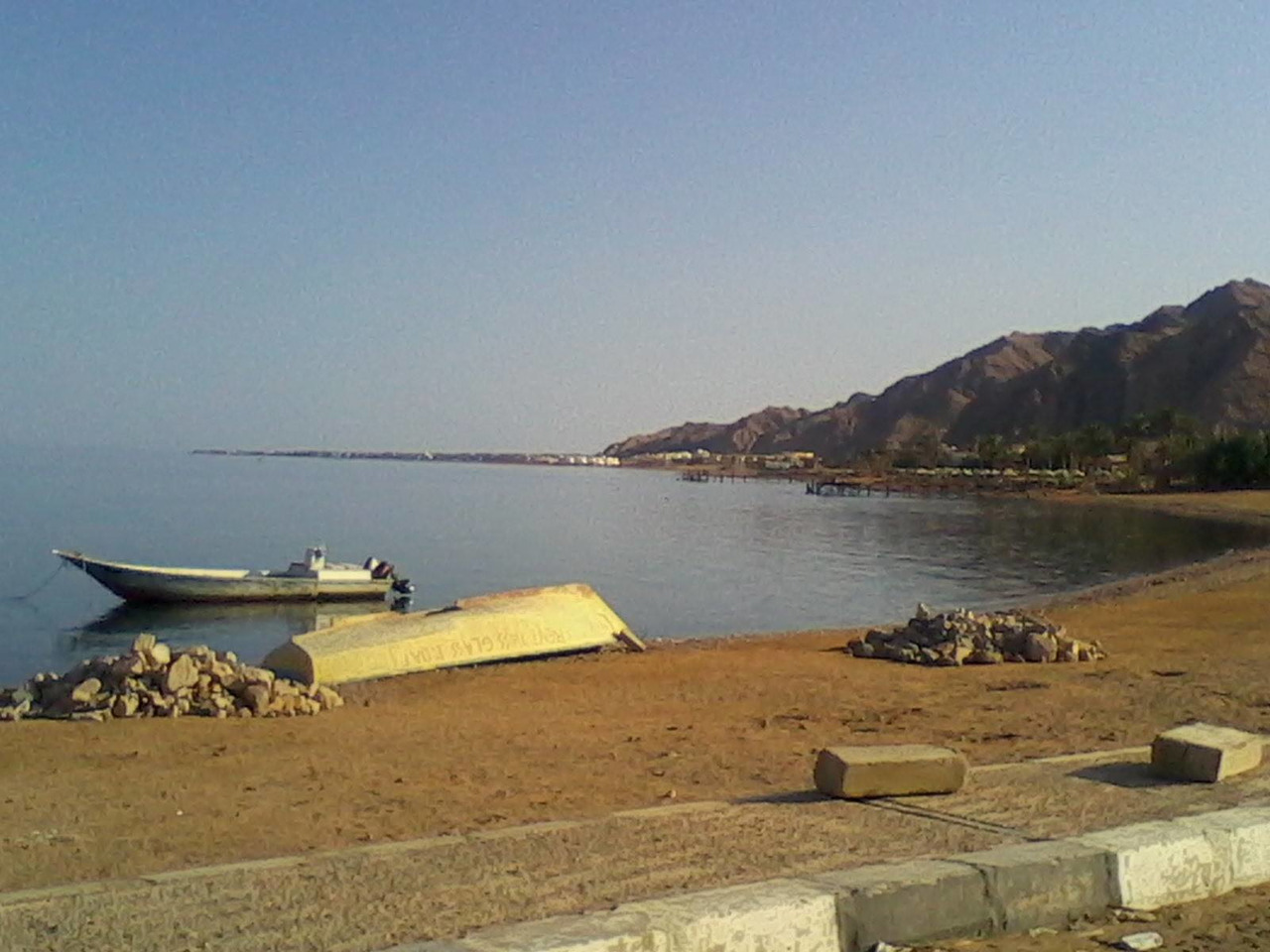
Five-star hotels here also have, but they are not located in the Central part of the city and on its outskirts. And the city itself is full of local color, to which one must get used to and love. Lazily wandering through the streets of the camels, returning home and their own herd of goats sleeping in the shade — a calling card of the city. The entire Dahab is like one big family — small town, and everyone here knows each other. My week goes out to greet all my friends, to inquire about the news, leisurely talk over a Cup of tea, and another week to kiss everybody goodbye until we meet again.
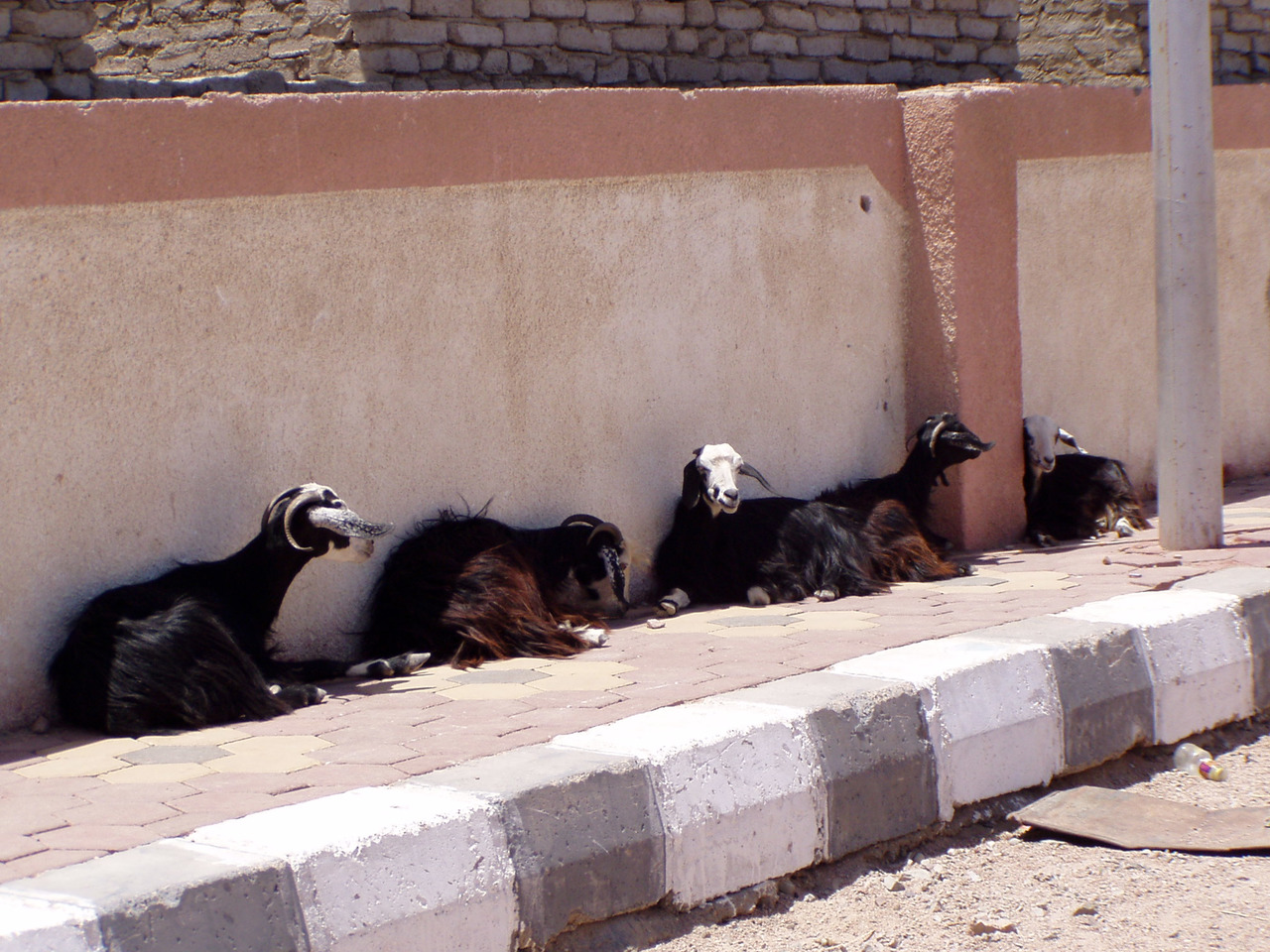
Divers well-known sites in the region of Dahab — White Canyon, Blue hole, Ras Abu Galum. Next you will see photos taken underwater at some of these sites. To get from Dahab to them by jeep or by camels.
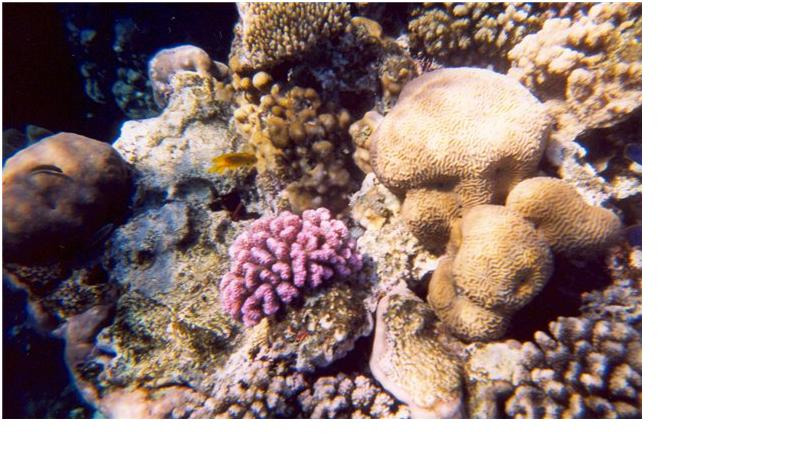
The monastery of Saint Catherine
St. Catherine’s monastery, situated on the highest mountains of the Sinai, has long been a place of pilgrimage not only believers, but also poets, artists and all those interested in the history and sights of Egypt. People from all over the world travel thousands of miles, to climb to the top of Sinai and to touch the Holy walls.
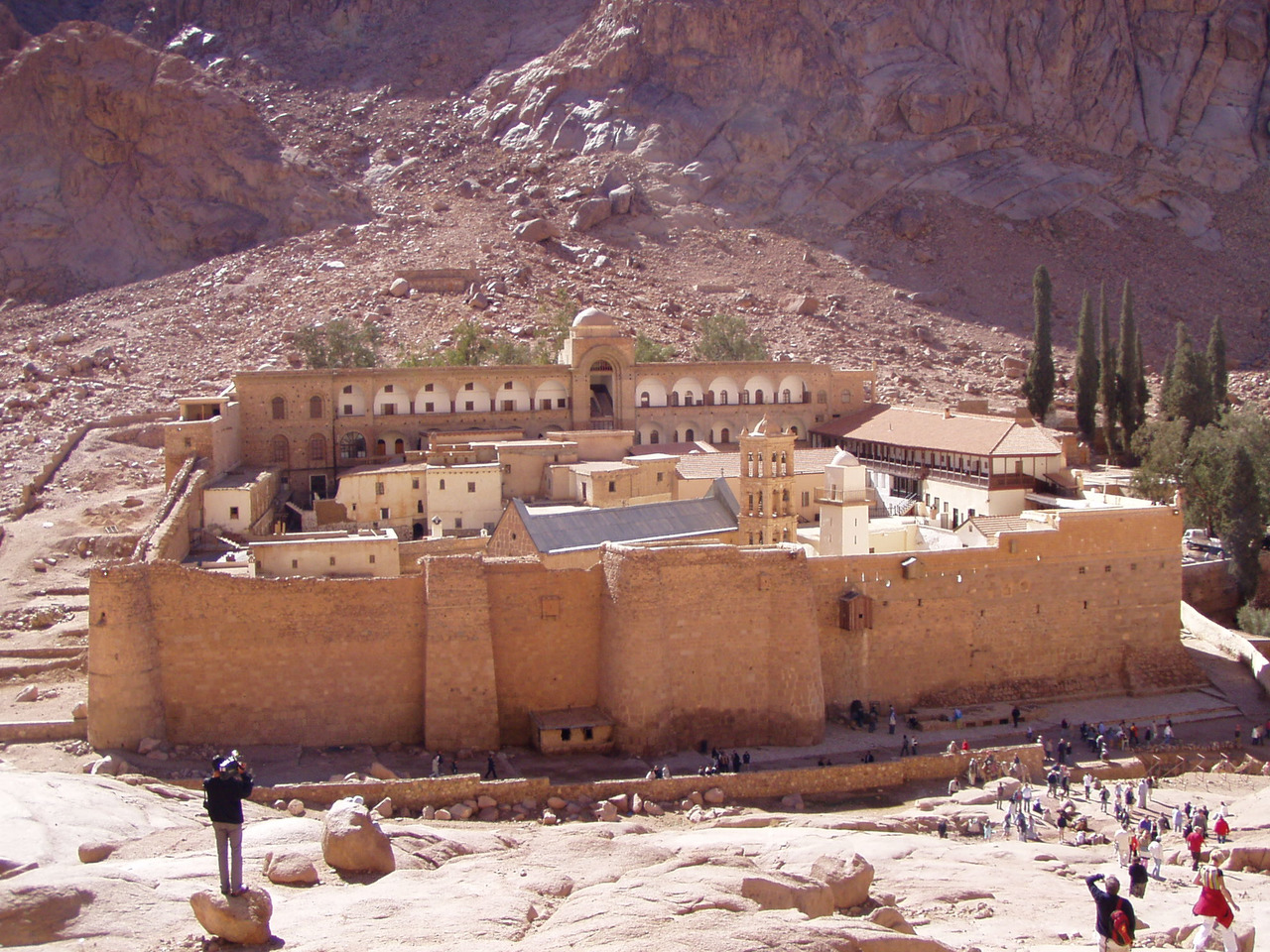
The monastery developed a lot of legends. So, the name of the monastery is connected with the legend of the Holy Martyr Catherine (296 ad) in Alexandria. Catherine are unable to renounce their faith even by order of the Emperor, and was executed. After the death, as legend has it, her body was lifted up to the highest point of the Sinai mountains, and after three century a few monks found her body and buried it in a sarcophagus.
Now the Monastery of St. Catherine — this is the smallest diocese in the world, headed by the Archbishop of Sinai. Sinai Archbishop wears full Episcopal vestments with miter, scepter and a Golden cross. The monastery belongs to the Greek Orthodox Church. Most of the monks are Greeks and the monks of the cult of Saint Basil the Great, Bishop of Caesarea, representative Kappadokiyskoy school of Orthodox theology, who lived here in 329—379.
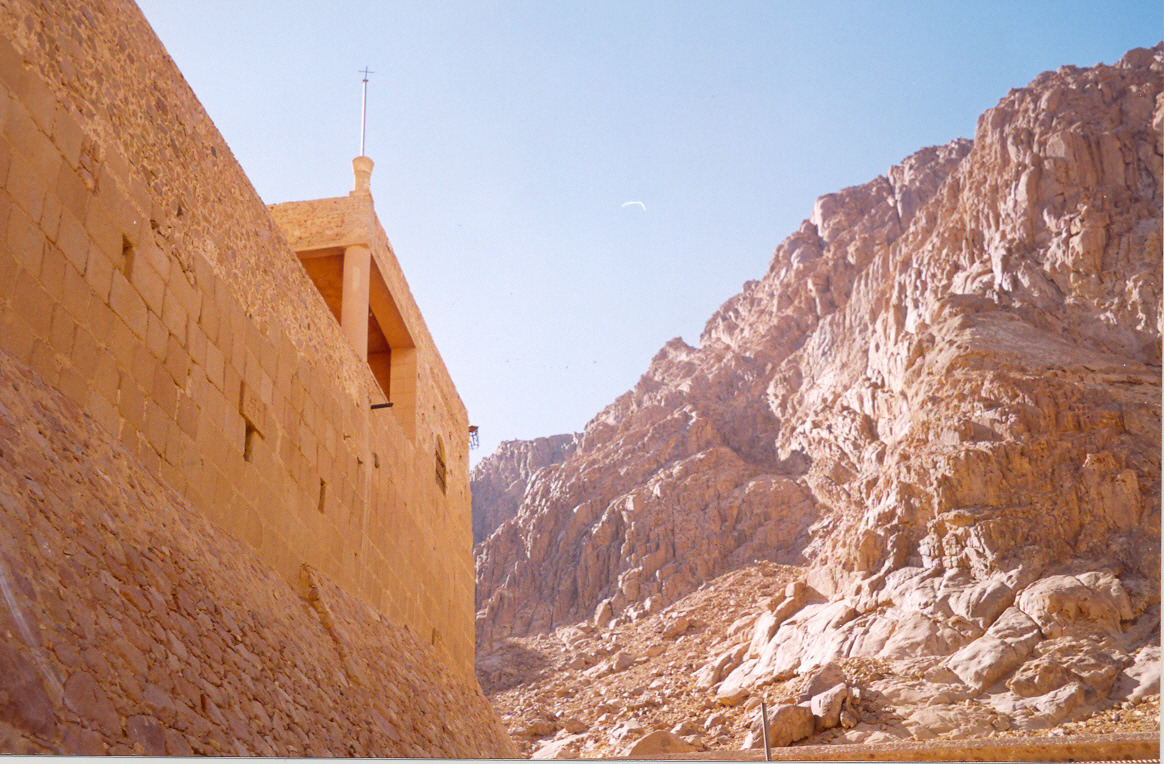
The monastery, around which towering red walls with a height of 12 to 15 meters with watchtowers at the corners, covering the area of the square wrong. But outside the monastery is a whole town with architecture from different eras and styles.
Well-preserved bell tower of the monastery. The bells were donated to the monastery of the Russian Imperial surname.
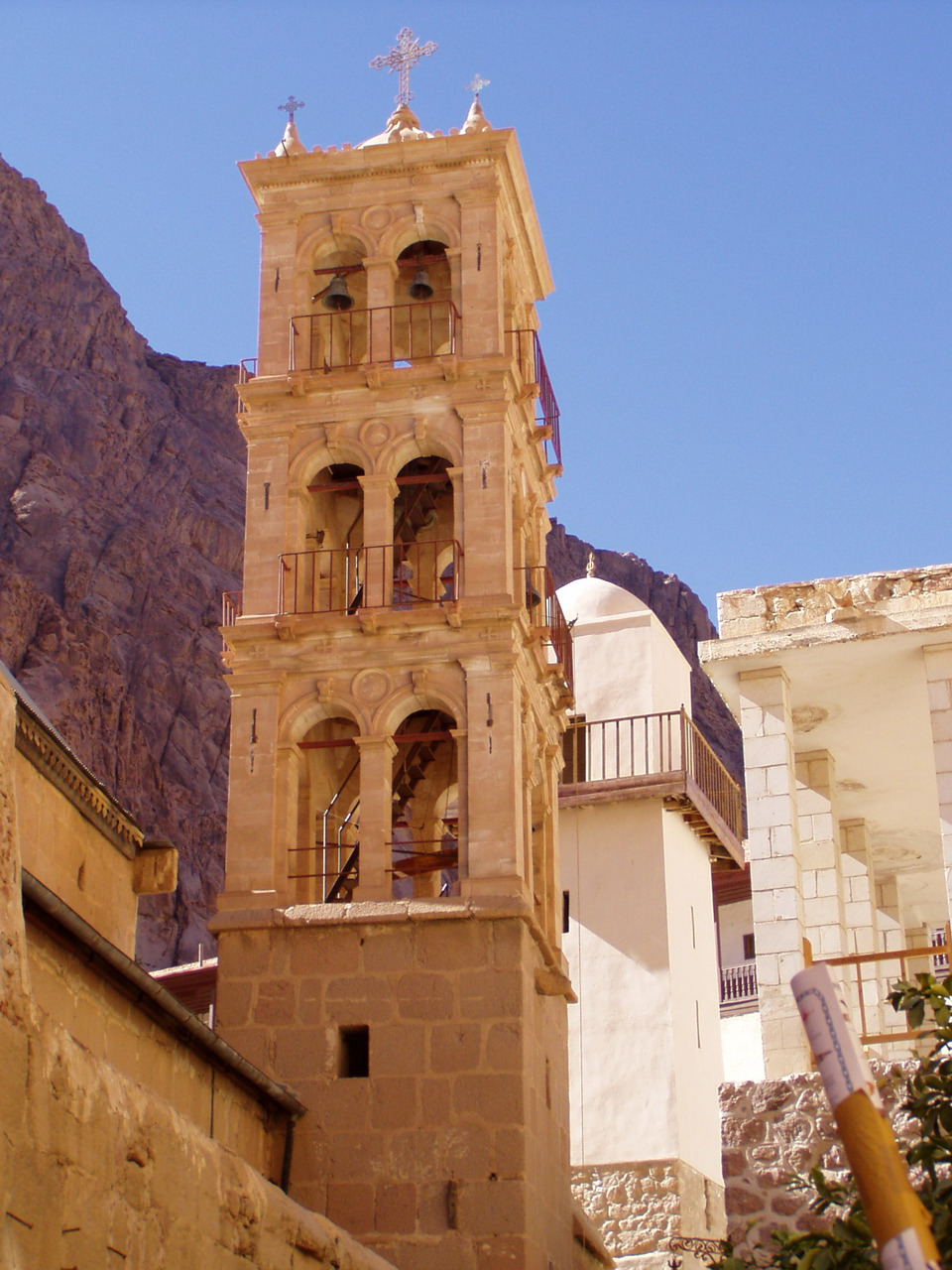
The main temple in the monastery is the Church of the Transfiguration, however, during holidays, to visitors open their doors 12 chapels dedicated to the virgin Mary and patron saints. One of them is the chapel of the Burning Bush, which is located near the Church of the Transfiguration. In the monastery there are several wells of Holy water. The most interesting is the well of Moses, about which there was the legendary meeting of Moses and Jethro’s daughters, one of whom became his wife.
The monastery of St. Catherine are not only the chapel and temple, but other rooms, which were regarded as the wound service, though are no less artistic and historical value. For example, the refectory in the Church, decorated with Gothic arches and illuminated by a single window.
The monastery has its own library, the size of only 15 x 10 meters, but how precious books are stored here — it is second in importance after the Vatican library. In this room holds about six million volumes and manuscripts in Greek, Arabic, Armenian, Coptic, Georgian, Syriac languages on theological, historical and scientific topics.
Continue our journey across the Sinai.
In the region of the monastery. Catherine preserved the remains of dwellings of the Bedouins. Many years ago there emerged the first settlements? Who were the first settlers? Scientists speculated. The severe nature of this region demanded extraordinary courage and endurance from the people who settled here. We managed to find also millstones for grinding grains, various vessels and utensils. Ancient legends say that once in the mountains of Sinai was a lot of water — it rained regularly. If you get a lot farther into the mountains, one can find abandoned wells and tanks in which the inhabitants kept the water. Some of the wells are used to this day. The gorges stretch of pipe that runs water from the tops, in some places there are even waterfalls. Now in the mountains still live people (see photo), the kids easily climb on the most inaccessible slopes, not inferior to them in neatness and adults.
Remains of dwellings of the Bedouins. The entrance was filled up inside with a large stone.
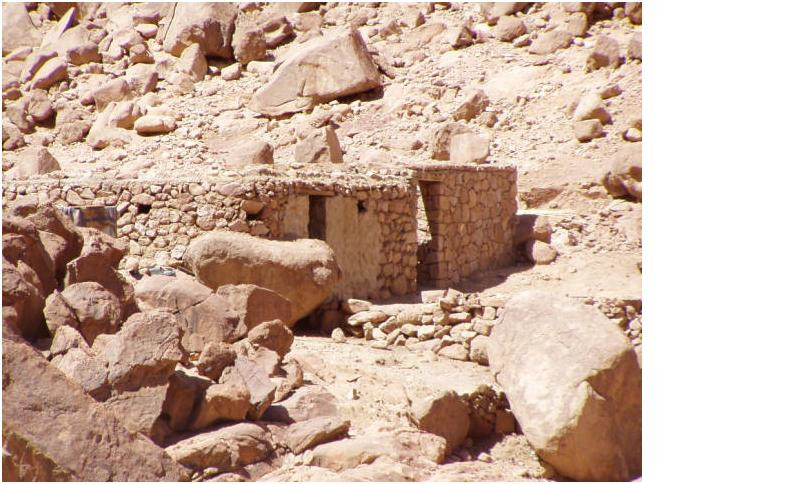
Even fifty years ago the girls before the wedding, ran away from their suitors and were hiding in the mountains. The task of the groom was to find and catch up with his bride, only then were married. Now customs have changed slightly, but still the groom’s parents choose the bride for him.
The waterfall Ashuk
The harsh climate of Sinai demanded from the indigenous inhabitants of endurance and great adaptability. Grueling summer heat gives way to winter chilling cold. If in summer the stones are heated to 50—60 degrees, in winter the temperature drops to minus 2—3 degrees Celsius, and can even snow. It is widely believed that mount Sinai is completely devoid of water and therefore little wildlife. This is not so. High in the mountains you can find the whole of the lake of rain water and even waterfalls. One of them is the waterfall of Ashuk is within the vicinity of Dahab.
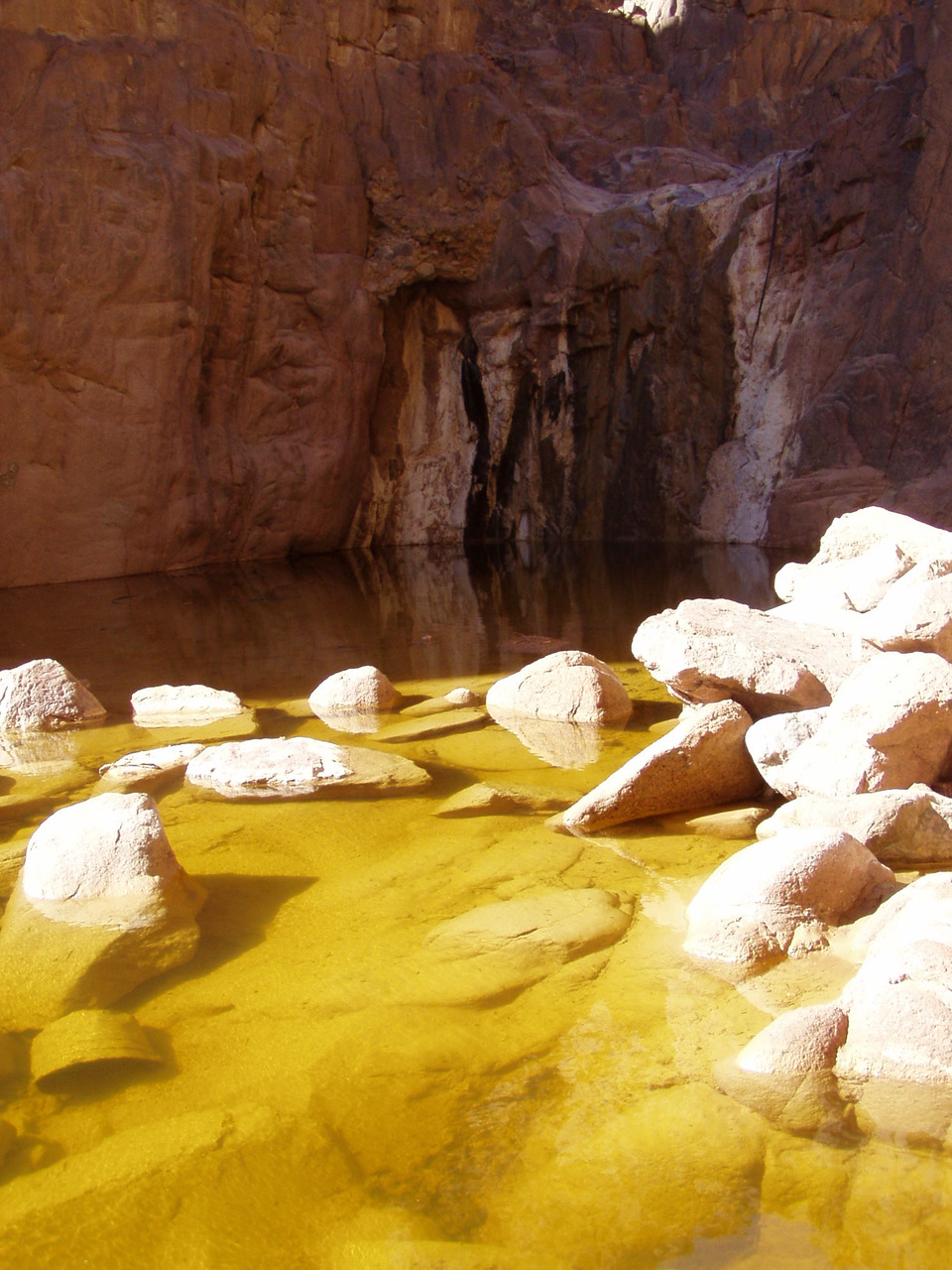
In the winter in Sinai may be heavy rains. The water is stored in natural reservoirs, and the locals are happy to use it for household needs. Of course, this is not drinking water, but to water the garden or wash-wash something is quite good. From the reservoir a system of rubber pipes allows you to hold precious moisture almost to the housing.
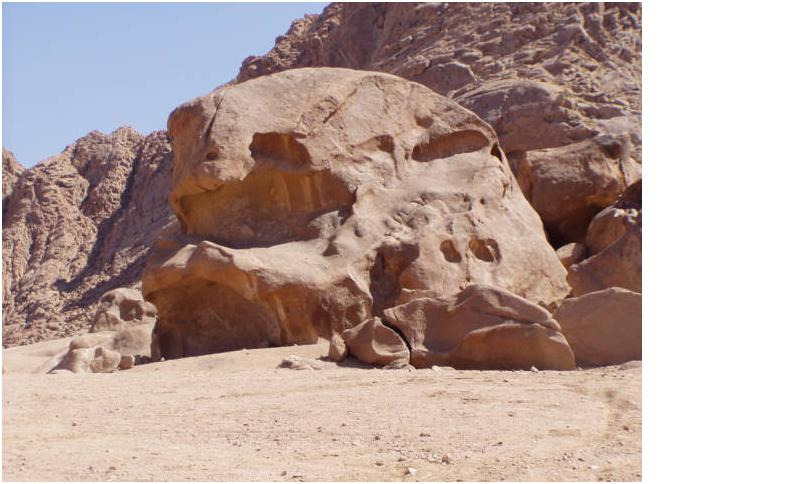
Fancy Sinai mountains, brilliant sculptors — water and wind create unique images. Here and there you see dinosaurs, a dragon’s head, birds, and somewhere, the Sphinx!
The cuisine of the locals is very diverse. In a food is almost all seafood, meat, vegetables, fruit. In the North of the Sinai Peninsula and the continent along the Nile there are numerous farms growing vegetables and fruits. Fresh mango, apples, oranges, small bananas you can buy at the local market at affordable prices. Or order a fresh juice in any cafe, it is cooked before your eyes, and you will enjoy the sea view while sipping juice through a straw.
From Dahab there are lots of organised excursions in the mountains, including “Bedouin Dinner”. It offers traditional dishes — rice with chicken, salad, and of course the famous Bedouin hour with marmaria!
If you meet the local people, it is quite possible an independent check on the picnic. I know a lot of families in Dahab who will be happy to give you such a trip, where you will see amazingly beautiful places, but they can cook their own lunch on the fire.
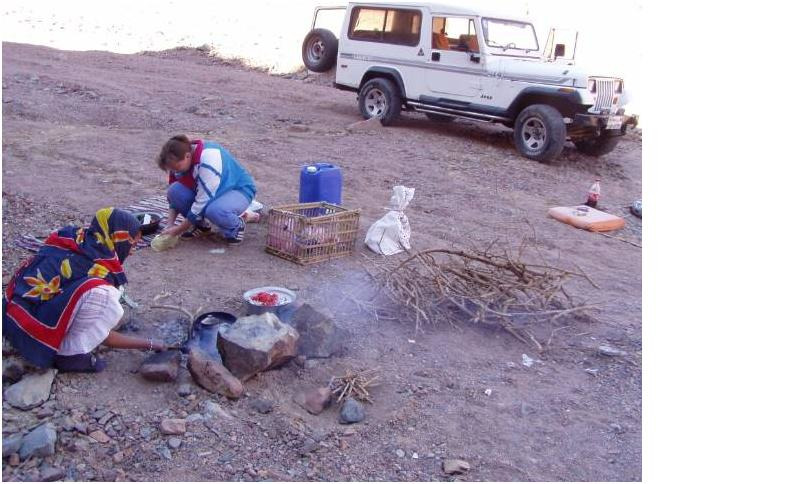
There are many simple meals that you can prepare yourself. I love to cook “chicken Tauk” — chicken with vegetables and soy sauce. We have a division of labor Mohamed develops and maintains fire, Hasina cooks rice, I cook the chicken. The kids run around, play and get the firewood for the fire. Then they all sit down to dinner.
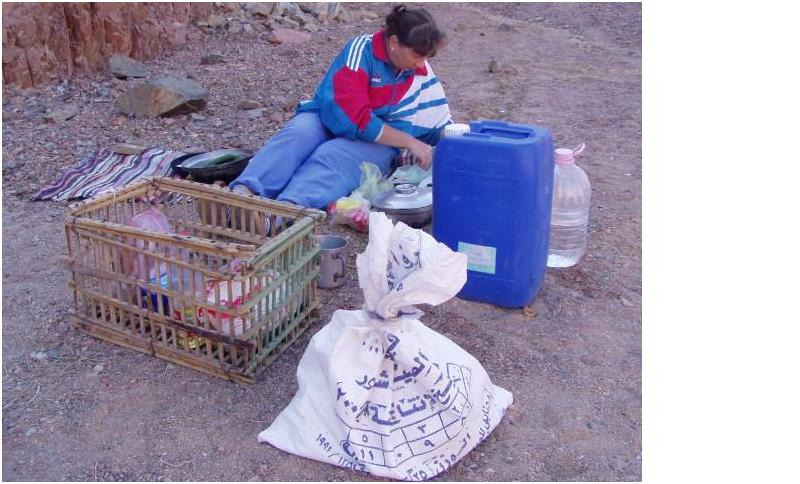
Mohammed tries my cooking and laughs, “Stay here. Will teach my wife to cook!”
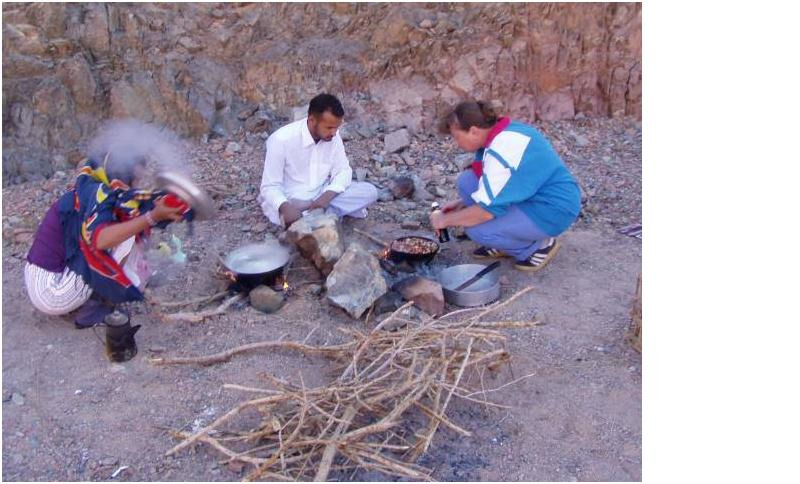
Coming home late in the evening. Drive to Dahab and the city welcomes us with a string of twinkling lights. It is inexplicable the feeling that here I am at home. Truly South Sinai and Dahab have become my second motherland…
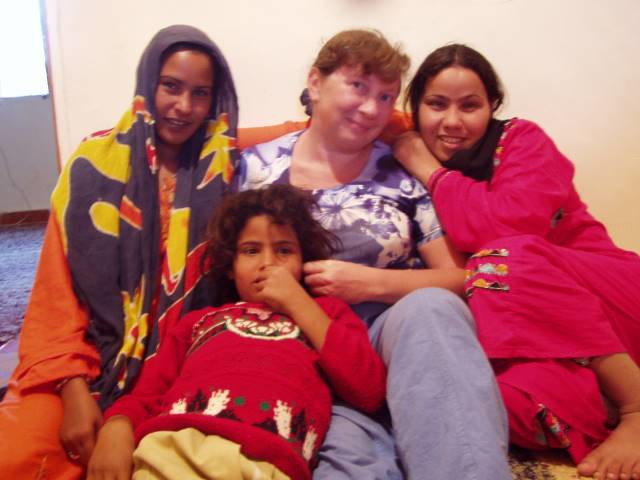
Blue Hole
One of the most beautiful sites for fans of daving is the Blue Hole. Here the reef goes down perpendicularly at a distance of 30—40 m from the shore. Amazing variety of corals and fish. A favorite place for those who are engaged in free-diving (diving without gear, mask and fins). I in recent years, almost every morning come to the Blue Hole early in the morning. The car picks me up at the hotel and in 15—20 minutes we’re here. The best time to dive is early morning, when there are no tourists and you are left with a sea of one-on-one…
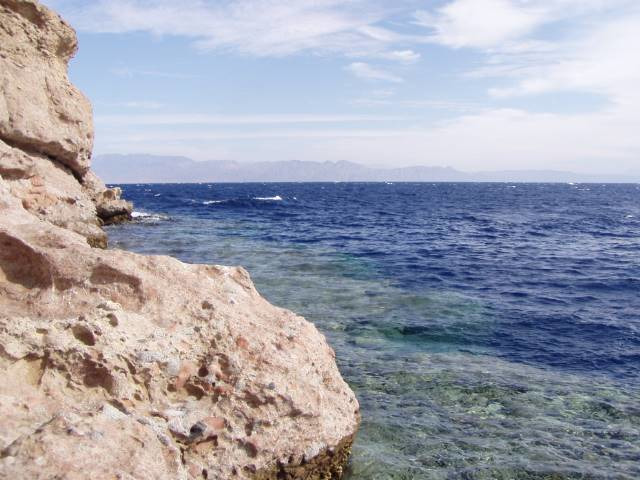
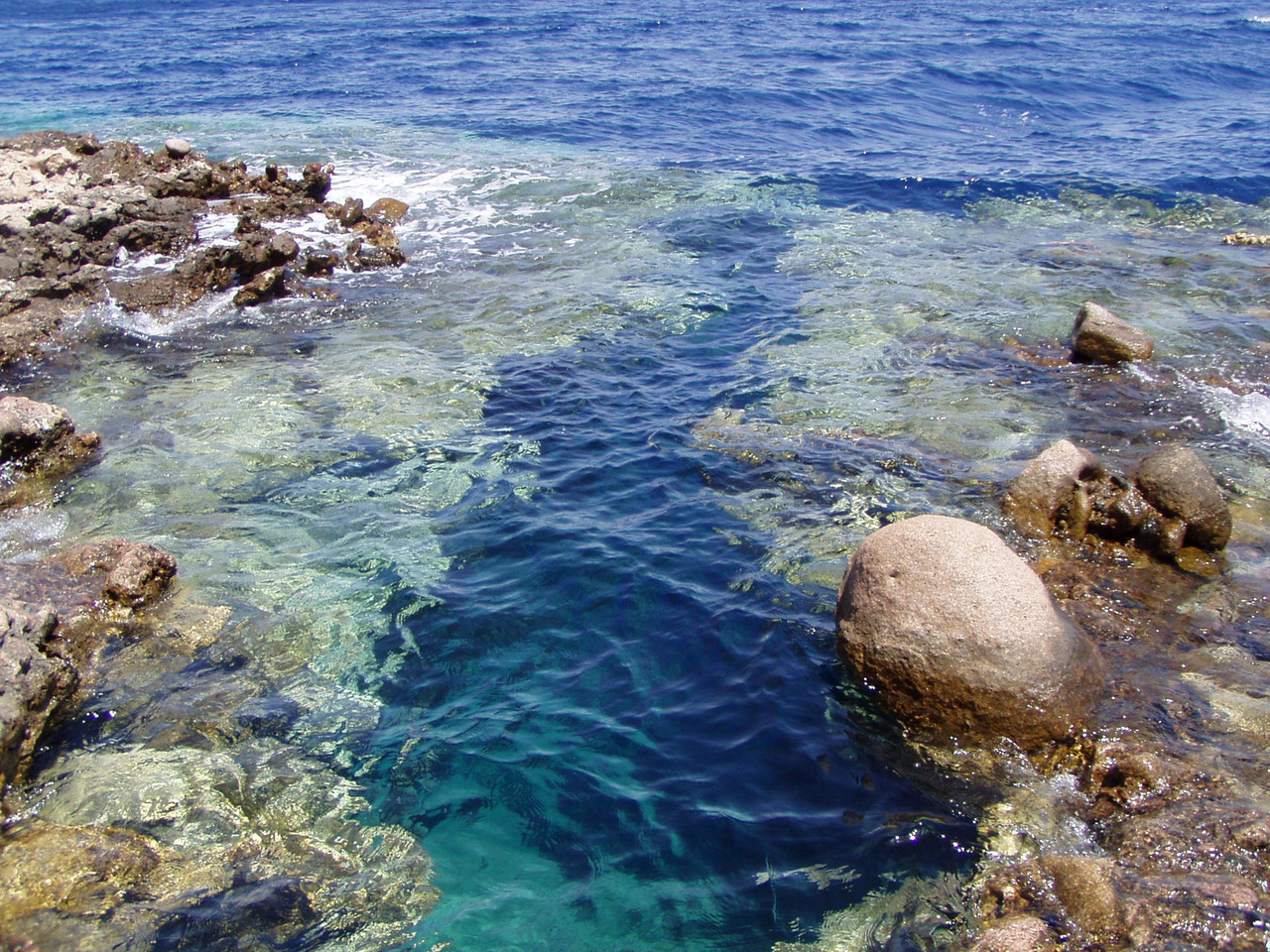
The greatest probability of encountering marine life is also in the morning. Fierce Moray eel swims, coiling like a sea serpent. Slowly and solemnly comes the sea turtle. This clumsy and awkward on land and so graceful in the marine environment! Sometimes, while sailing along the reef, encounter schools of fish. We sail some time parallel to each other and I feel part of the pack. To see how the fish bite the coral or swim in the cave between them in search of food. I stare at fish, and they me. Repeatedly came across such is the curious fish that followed me throughout my entire swim. Himself floating side by side and squints one eye in my direction. Small octopus hiding among the rocks, almost invisible in his hiding place. Bellicose but harmless tuna swim swiftly past, as war cruisers. Graceful and very dangerous fish, lionfish (lion fish) hiding under bridges. These fish appear in the afternoon or closer to the night. They can attract light pocket lantern. Rapid barracudas, usually floating in a flock, forming a huge silver swirl. Phlegmatic fish-flutes lazily bobbing on the surface. But the terrible and bright parrot fish emerged from the depths and feeds the coral shallows. Plastic and graceful manta ray appears from nowhere and also rapidly disappears to nowhere.
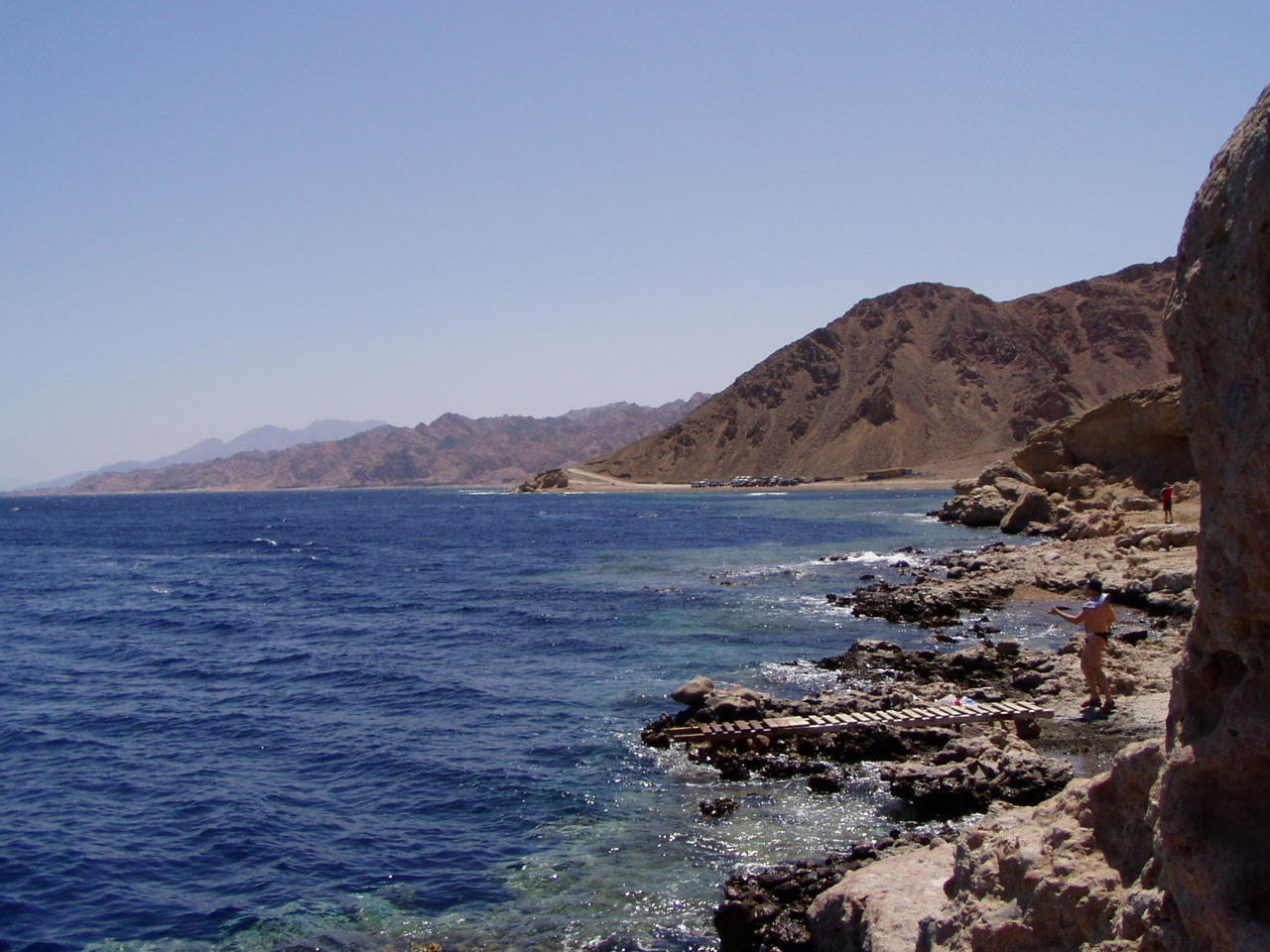
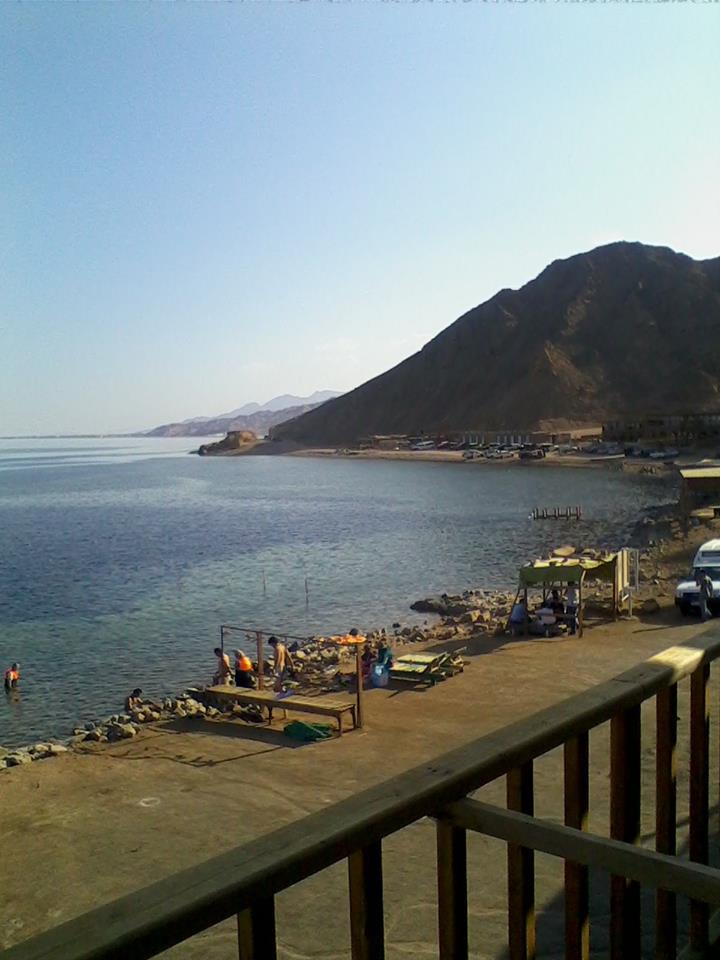
The sea may not bother, it’s different every day! At RAS-Mohamed and meet a flock of small reef sharks — they are like children, frolicking in the shallows, the sun warmed the water. Dolphins sometimes swim very close to shore and they manage to play and swim in their natural habitat.
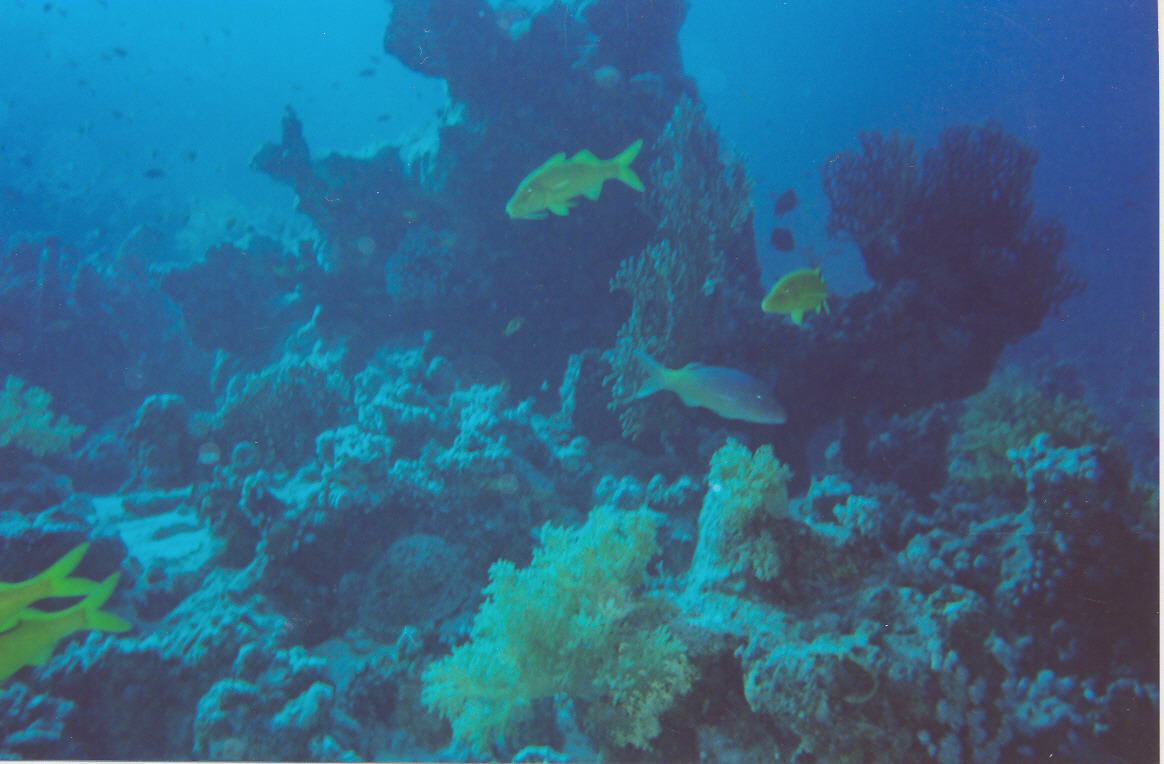
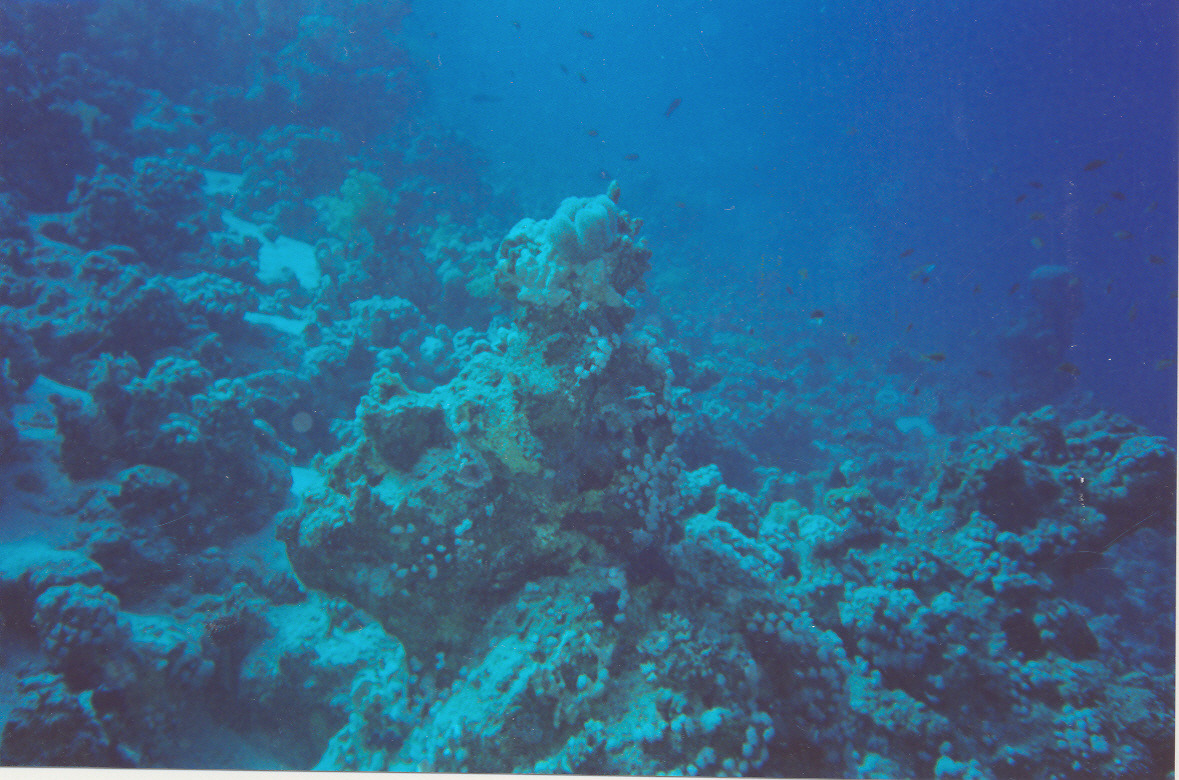
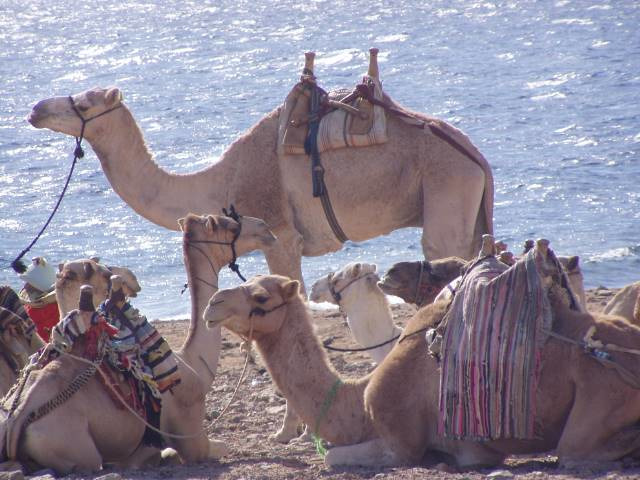
Sinai roads
Very scenic road from the airport of Sharm to Dahab. So many times I pass this way, but not tired to admire a wild and forbidding beauty of this land! The road, like a ribbon, runs away beyond the horizon. To the left are piled up forbidding cliffs, and sandy landslides.
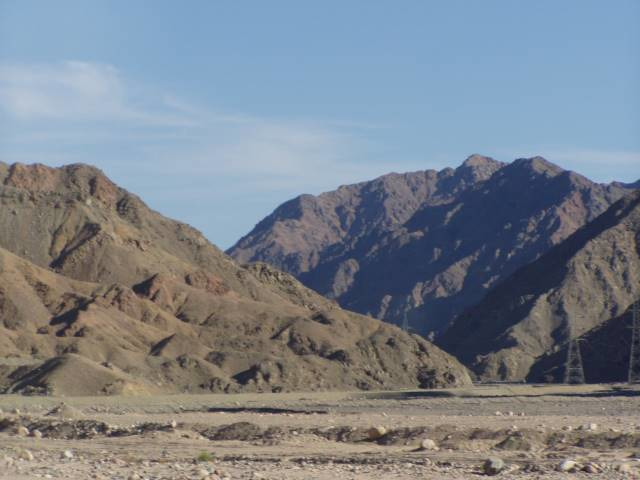
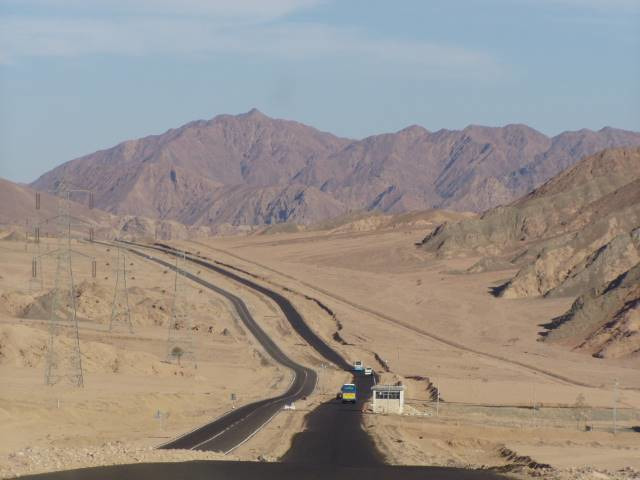
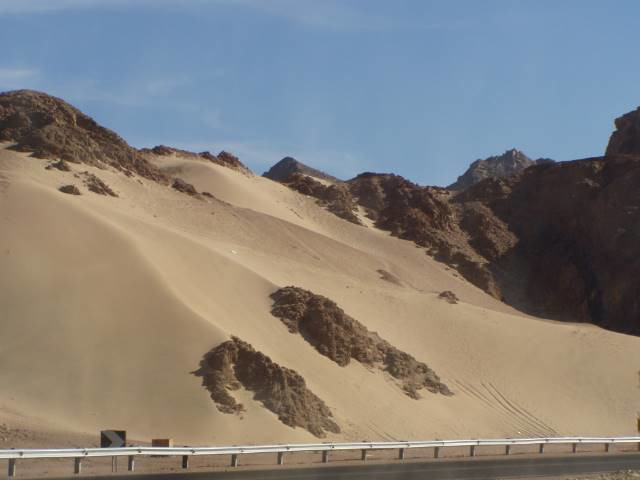
Trip to Taba-Nuweiba
Once we with my friends decided to drive towards Nuweiba. Nuweiba is a small village, about a hundred miles North of Dahab. Without thinking, he gathered his camping equipment, agreed with the taxi driver and Bang, go! It was not my first trip to Nuweiba, but this time to visit this place I remember a long time. May be because I went with a fun and friendly company. Road running through the mountains, very picturesque. The mountains constantly change colour and shape. This bright orange Sandstone, then suddenly, close to the road filled with rage, surging into the sky of impregnable rock, riddled with dark veins of basalt.
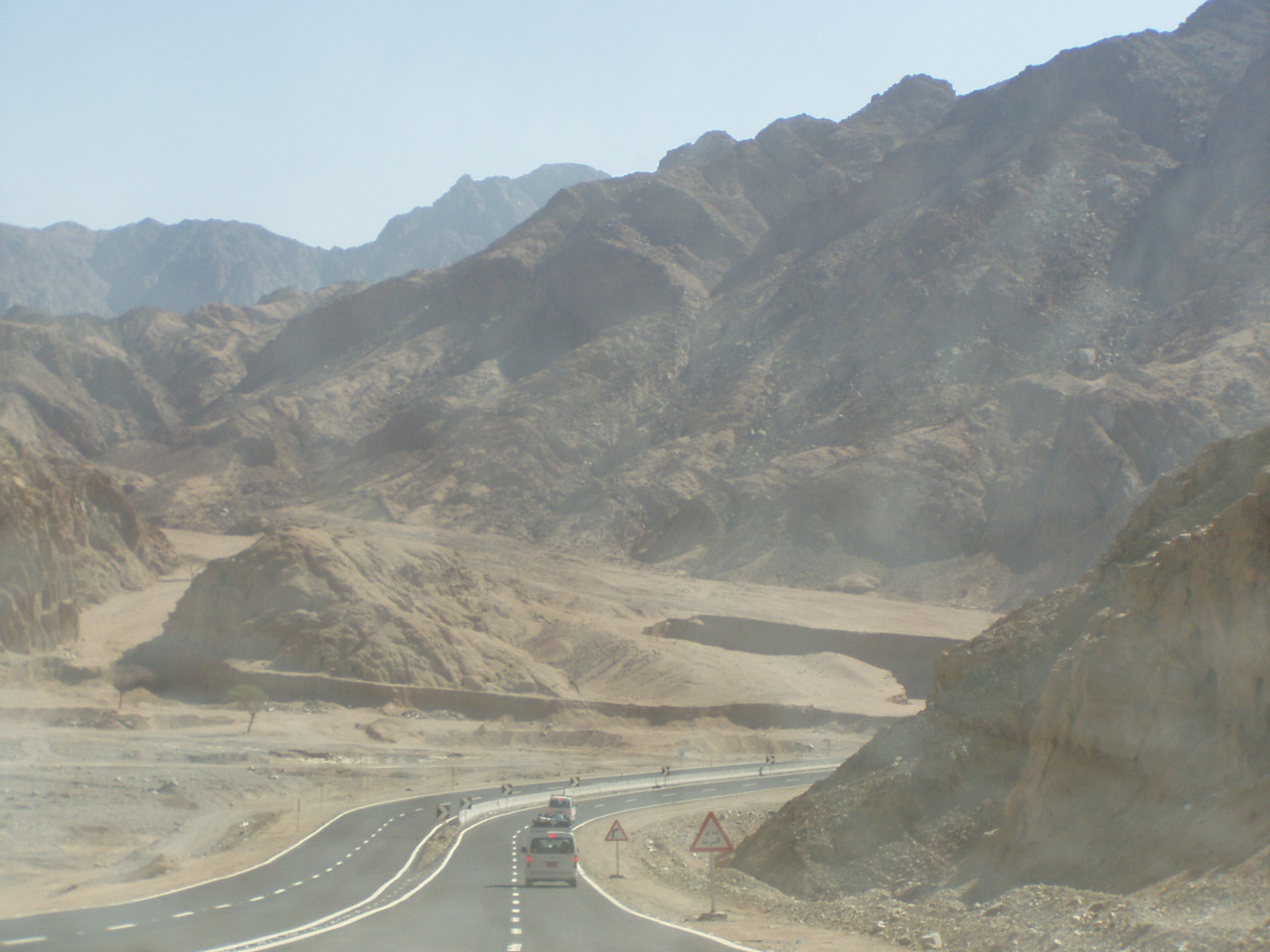
A little we did not get to Taba. Stayed in a very picturesque location and had a photo session.
Бесплатный фрагмент закончился.
Купите книгу, чтобы продолжить чтение.